Sky-high expectations combined with post-pandemic economic austerity measures and the ever-changing marketing landscape have led to the ousting of many a CMO.
The average tenure of a CMO in 2021 and 2022 was 40 months, the lowest it's been in a decade, and less than half the average tenure of a CEO, which is 85 months.

FastCompany summarizes the curse placed on the modern CMO:
“CMOs enter an organization that they perhaps don’t fully understand, and before they have the chance to find their footing, are tasked with meeting ambitious deadlines or targets. They are, in essence, set up to fail. And so, after a couple of years, they leave, only for the cycle to restart.”
You don't have to fall into this trap. Whether you're a CMO (or aspiring to be) there are ways to secure both your position and the success of your team.
At Northbeam, we work with hundreds of marketing leaders. We've seen what behaviors separate high-performing CMOs from those at-risk.
We spoke with Bryan Bumgardner, Director of Growth Marketing at Northbeam and Luca Taormina, Sr. Partner Manager at Northbeam to put together 5 tactical tips on how to do a radically excellent job as a CMO.
1. Understand the modern marketing landscape
The past twenty years have seen a veritable explosion of new marketing channels, strategies, and perspectives. An old playbook — even a two-year-old playbook — simply won’t work anymore. CMOs that bring the same strategy from one company to another are bound to come up against issues.
In November 2007, Facebook enabled brands to serve targeted ads to their potential customers, completely changing the marketing game and giving rise to true performance marketing.
In April 2021, Apple launched the iOS 14.5 update and drastically reduced the ability to track individual parameters, kneecapping an entire generation of growth marketers who were used to the "old way."
The landscape threatens to shift again as Google completely deprecates cookies this year. It’s difficult to keep up.
“We’re sitting in this really awkward time in which those media buyers-turned-CMOs that don’t have pre-2007 experience — suddenly the tool they were using is no longer as actionable as it once was,” said Luca.
Today’s CMO has to espouse a creative vision for the brand, while being a technologist skilled with data, while also having a strong sense of the business strategy. A unicorn, basically.
“We’re shifting towards this play with Apple and Google’s privacy updates where instead of being able to target people perfectly with technical implementations, we need to be both more creative-driven or algorithm-driven,” Bryan said.
"Plus you need to be more business-savvy than ever. Marketers are basically MBAs now."
“Talented CMOs truly understand this combination of how creative work can impact analytics and data and vice versa, and how to use both of them to your benefit,” Luca said.
“So it’s exciting; we’re filtering out the wannabes and the imitators.”
2. Embed yourself across teams
Why are COOs often called into take over for exiled CMOs? Because COOs have a bird’s-eye view of the entire business. They understand the product strategy. They understand the sales strategy. They understand the finances. And they know how marketing can fit into that equation in a complementary and holistic way.
Take note, CMOs: don’t stay in your lane. Get involved early and often in product and sales, customer success and finance, and any other teams that touch your company’s go-to-market flow.
A marketing department’s scope of control has never been broader. Consider this non-comprehensive list of marketing functions, and all the various departments at a company that could serve as potential stakeholders:
- PR
- Conferences
- Webinars
- Product marketing
- Sales enablement
- Partnerships
- Website management
- Newsletters and email campaigns
- Experiential marketing
- Community management
- Analytics and reporting
- Brand
- Content
- Communications
- Research
- SEO
- Digital strategy
- Social media
- Analyst relations
- Demand generation
CMOs are expected to either run these functions themselves, or manage people or agencies to do so. Community management requires a close understanding of the customer experience. Product marketing involves constant communication with engineering teams. Any paid channels necessitate an intimate relationship with finance’s priorities. The list goes on.
Only by having a clear picture of the entire company’s day-to-day and direction can you align your strategy fully with the overall vision — and get the information and resources you need to do your job!
Bonus: if you can manage some sway across departments, you can successfully avoid a situation where you are tasked with selling a sub-par product, or trying to grow the top of the funnel while the bottom is leaking severely. It’s a win-win, if you can swing it.
3. Become a master storyteller
Storytelling is what brings a brand to life and engenders life-long loyalty. But we’re not just talking about the stories we tell externally — CMOs have to become expert storytellers within their organization.
The truth is that most people who don’t do marketing have no idea what it is you do — not even (or especially not) your CEO or founder.
"There's a terrible refrain I've heard often after a senior marketing lead is ousted, " Bryan said. "People will say: 'What did that person even do here?' It's terrible to see a marketers true influence so misunderstood."
The vast majority (over 75%) of CEOs don’t have a background in marketing. Most come from operations, finance, or engineering. They don’t know the ins and outs of your role, how much budget you actually need, or what is a reasonable expectation or timeline for you to deliver on.
“Rarely do you see colleagues question any other discipline so openly,” said a CMO for Forbes. This results in a distinct and dangerous lack of trust.

Only 4% of CEOs say the CMO is the most trusted member of the leadership team — and only 32% trust them overall. That’s pretty dismal.
“I think this stems from a misunderstanding of marketing, a misunderstanding of what a CMO should be doing and the kind of results you can expect in 2024 and beyond,” Bryan said.
“In the event that a CMO is brought on when a founder doesn’t have a budget prepared, doesn’t have a staff ready, and they can’t speak to any of your questions particularly well, they’re not hiring a CMO: they’re hiring a co-founder.”
But often, they don’t recognize that they’re hiring a co-founder, an equal, and it’s your responsibility to make them understand that — your job may depend on it.
Storytelling can help build trust through affinity, persuasion, and pathos. Where data fails, storytelling wins, and vice versa. If you can’t make the case for your strategy through numbers, leverage your storytelling craft to educate the rest of your executive team about what you’re doing and why it matters.
"You aren't just storytelling for your customers, you're storytelling internally to your own team - make sure they understand what you're doing and why you're doing it," Bryan said.
4. Be ruthlessly realistic
“I think the absolute first conversation you need to have when you’re interviewing to be a DTC CMO is about budget,” Bryan said.
“Ask: how many people am I going to be permitted to hire? How many agencies can I hire? And do you agree that these people are required for us to succeed with the expectations that you’re setting for performance?”
“And if they don’t agree that you need an agency or two to handle your creative, your product marketing, whatever it may be, then you’re going to fail because they’re putting tire locks on your playbook before you’ve even started.”
CMOs are often met with a “just get it done” mentality from founders and CEOs. And while “just get it done” could be pulled off in other departments with sleepless nights and long-worked weekends, you can’t be expected to pull off miracles in the CMO role, where budget and resources are crucial — at least not with any regularity.
“The number one thing that is killing CMOs is the business shift into demanding ruthless profitability. Marketing is a huge line item on your P&L and one of the biggest variable costs. So when investors and boards are demanding profitability, they’re going to look at marketing first,” Bryan said.
Consider shifting your metrics towards harder numbers like cash, rather than engagement or marketing metrics that we know are relevant for growth but less understood by non-marketers.
“Profitability, cash in the bank, cash multipliers, and efficiency-focused metrics,” Bryan said. “Efficiency from day one is crucial. Don’t start with a massive budget; make your campaigns efficient from the start. Focus on capturing user data and building marketing around it.
"Look beyond traditional metrics and prioritize metrics that reflect your brand’s success and profitability. Brands are shifting their metrics constantly and what’s important today might not be tomorrow. Just try to focus on the things that matter and avoid falling into any unreasonable expectations.”
5. Innovate, innovate, innovate
Luca shared a quote from “The War of Art” by Steven Pressfield:
“The counterfeit innovator is wildly self-confident. The real one is scared to death.”
“I think that’s what a CMO should be: scared to death,” Luca said. “A CMO should not just be able to say ‘Hey, I hit a 5x return on ad spend this week’ and suddenly go around giving advice on how to succeed. A CMO really needs to understand that they’re dealing with a robust and changing audience.”
As a CMO, success has to be proven quarter after quarter, year after year. A successful campaign cannot be coasted on, but has to be replicated consistently, with continuous doses of ingenuity and innovation to keep it fresh.
“Your skills are your job security,” said Bryan. “Your playbook is your job security, it needs to constantly be evolving. You need to be able to put that into action and learn from it.”
Technology is your innovation superpower, too.
“Doing more with less is fundamentally a data problem. You need to have good data that explains the results of every little thing you do as a CMO. And it goes beyond having data to having accurate data that can tell the story you need to tell,” Bryan said.
“This is where Northbeam comes into play. You can draw a line from your activities to the revenue you’re generating, and take the guesswork out of attribution.”
If the first tip on this list is to have a thorough and up-to-date understanding of the ever-shifting marketing landscape, the last is to wield that knowledge as your superpower.
That knowledge will allow you to look ahead and innovate, to be creative and tactical and understand where the market, where your vertical, is going.
And here’s a bonus tip: enjoy the job. You can’t innovate without passion.
“You need to drink the tea,” said Luca. “You need to fall in love with the company and what it does. That company has to be the absolute savior.”
The implicit advice behind all of five of the tips above is to start with passion, and love for the art of marketing itself.
And those who care, use Northbeam.










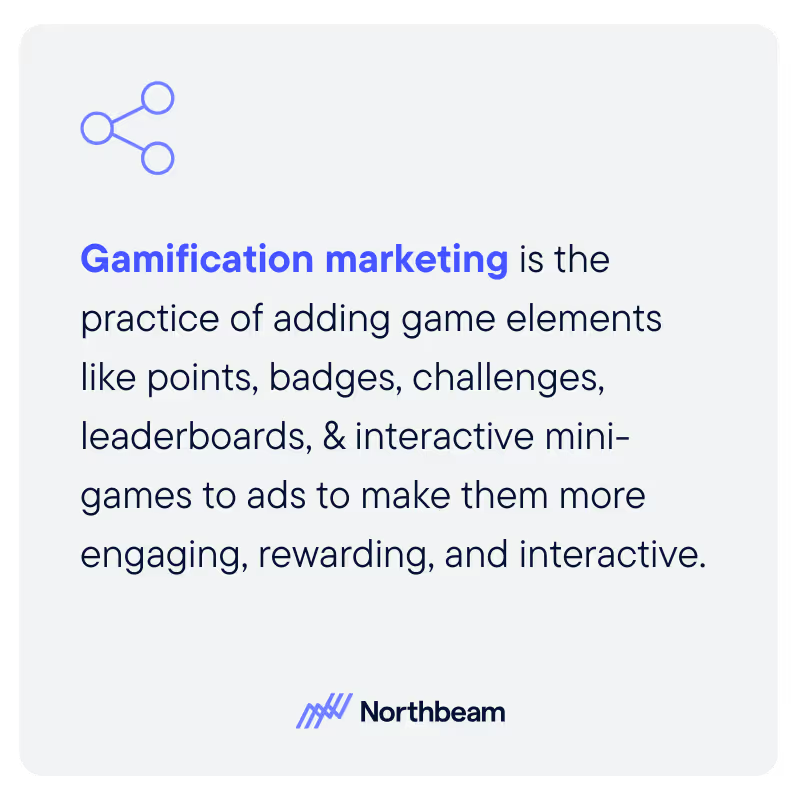

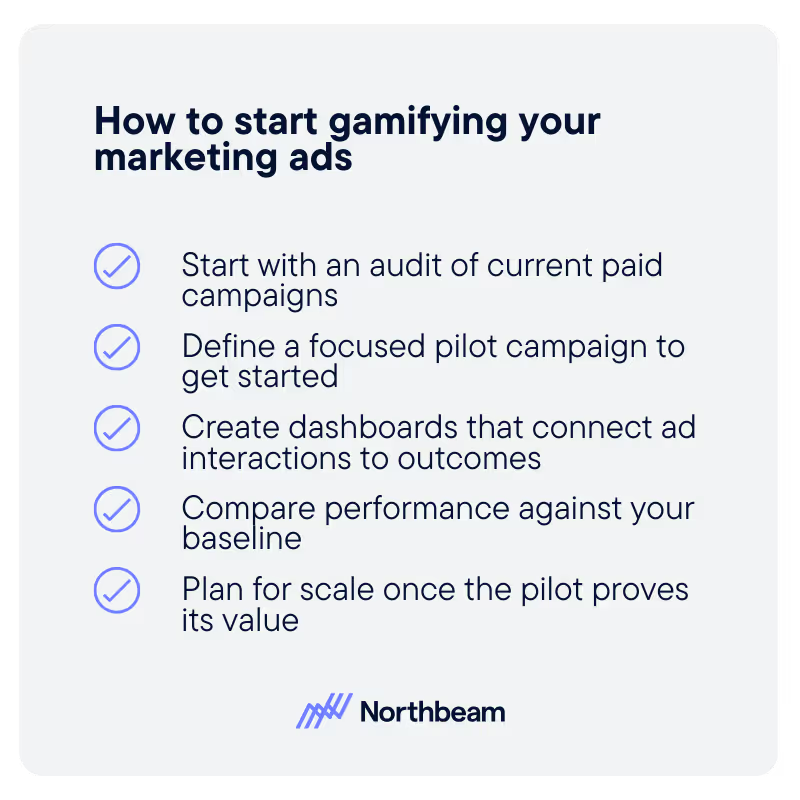



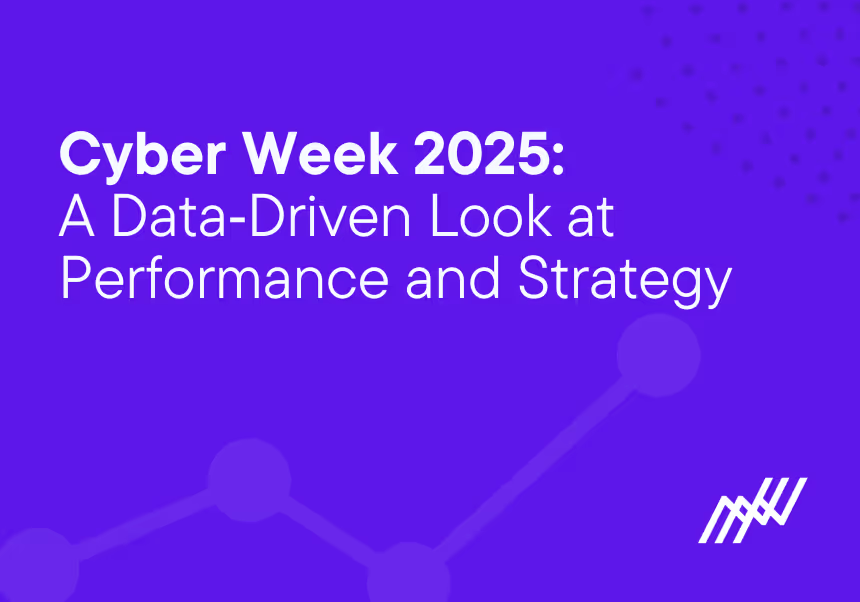


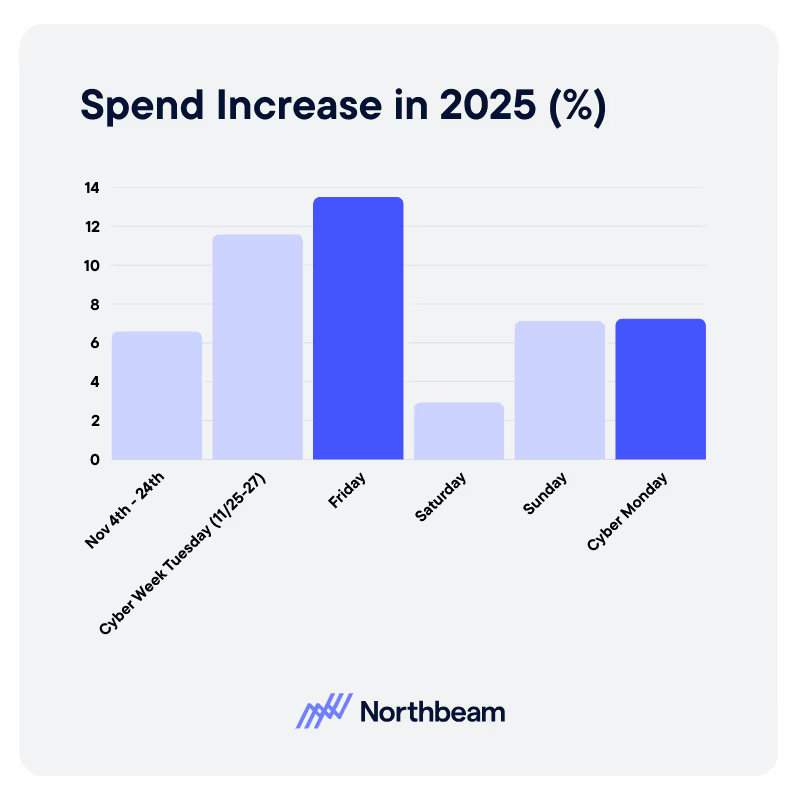
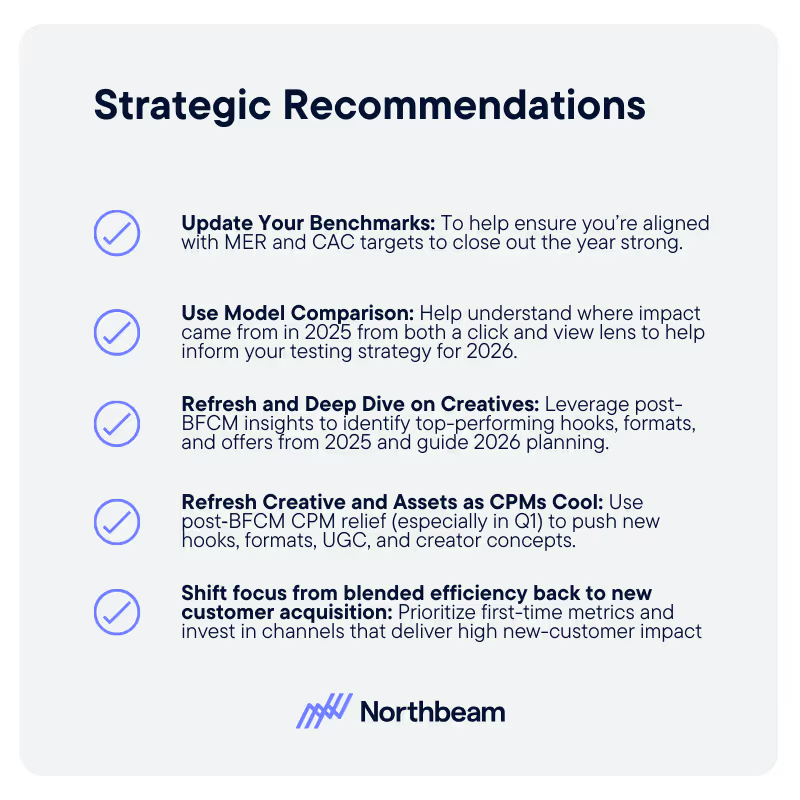

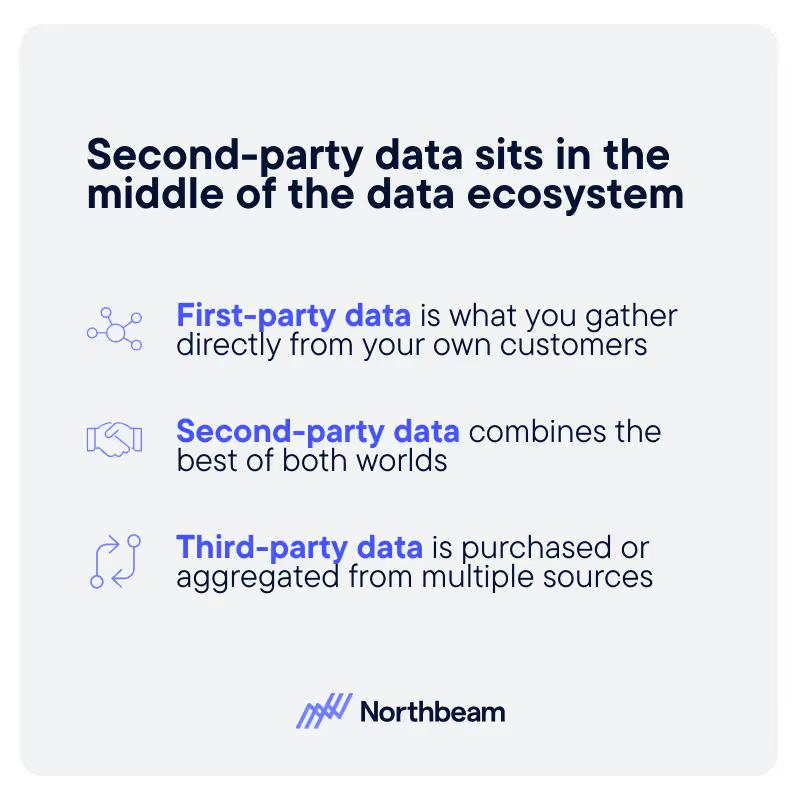
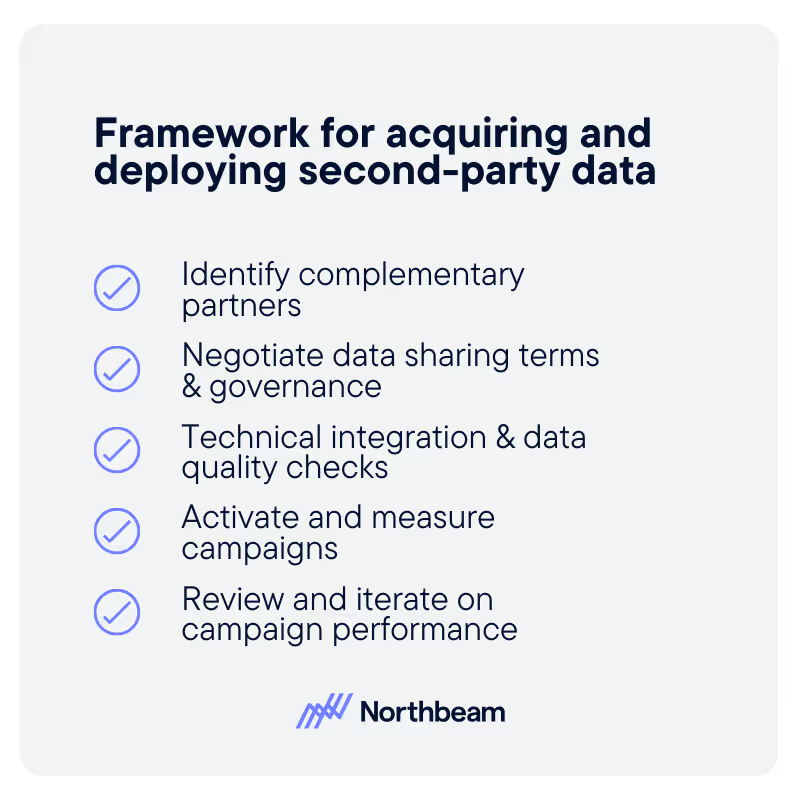
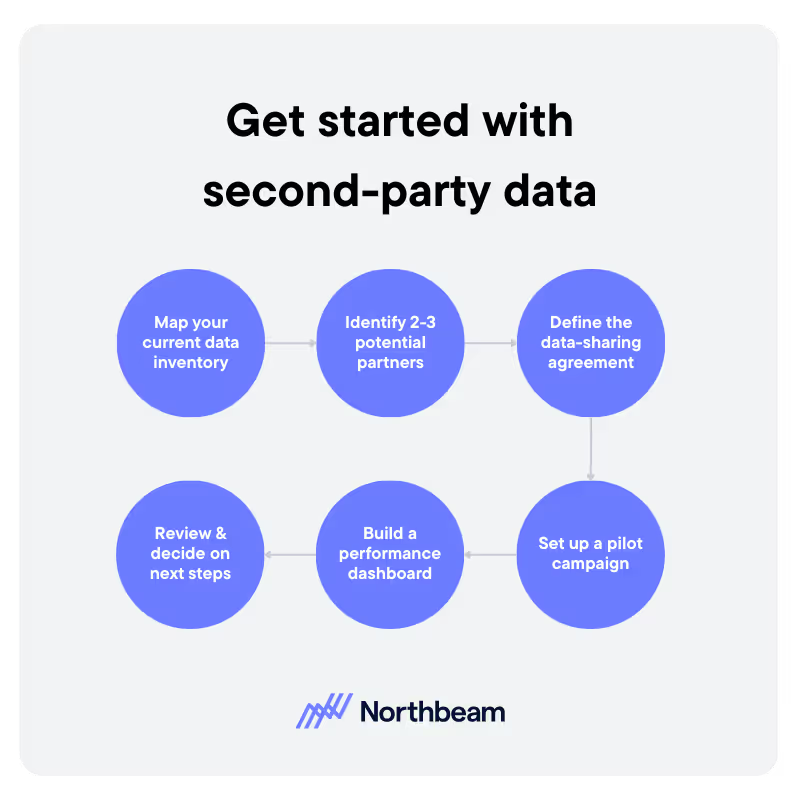

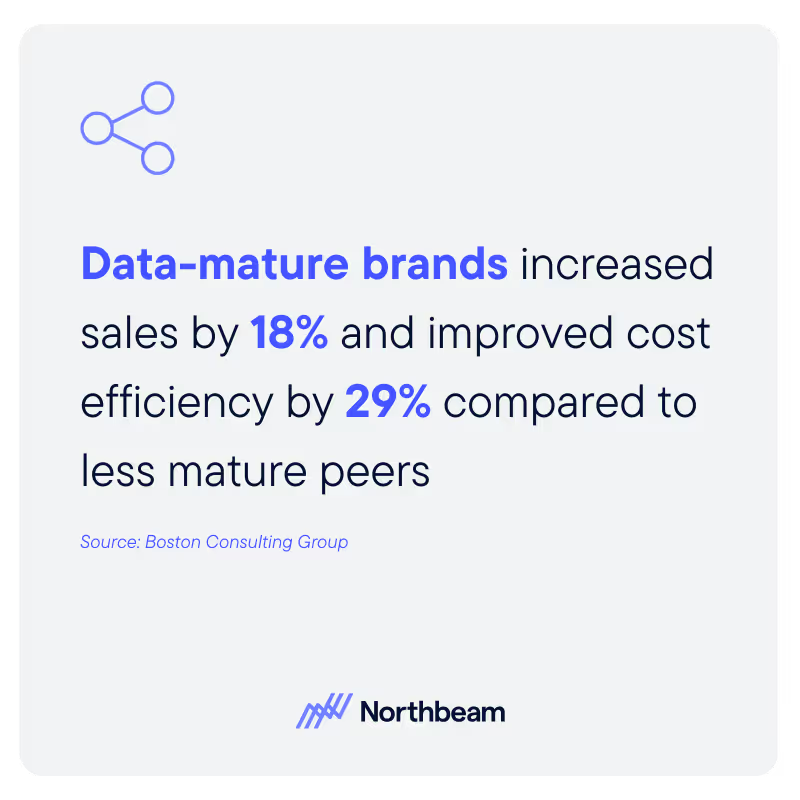
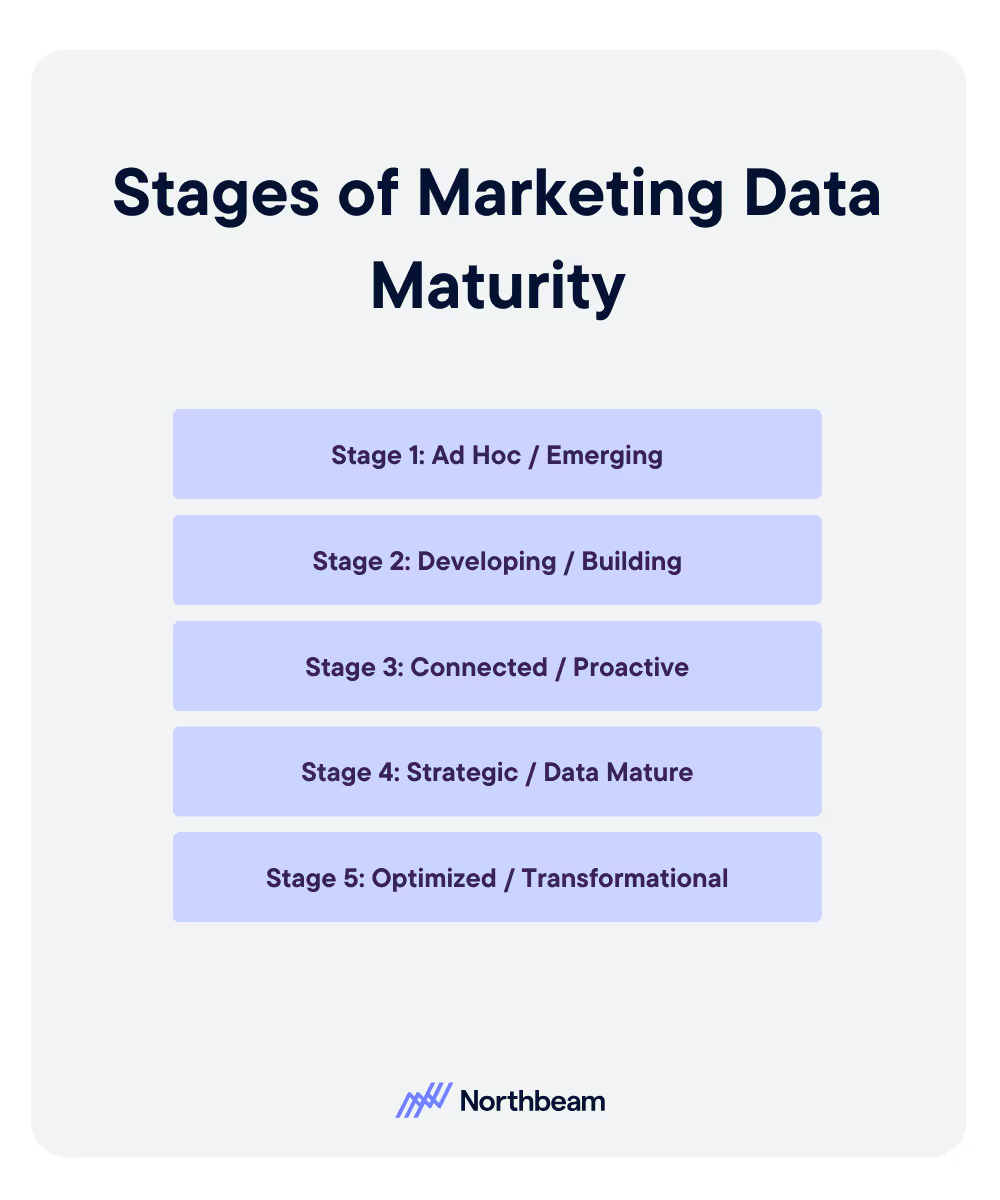




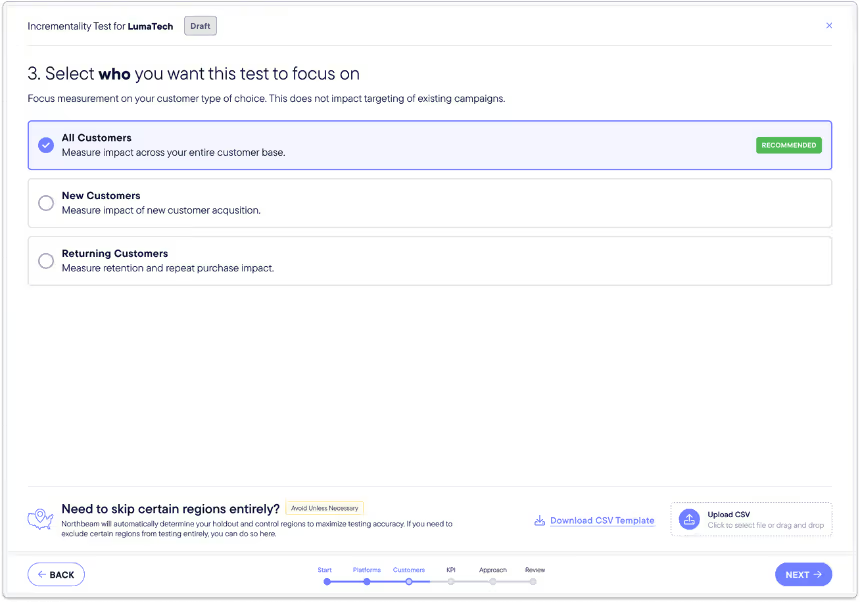



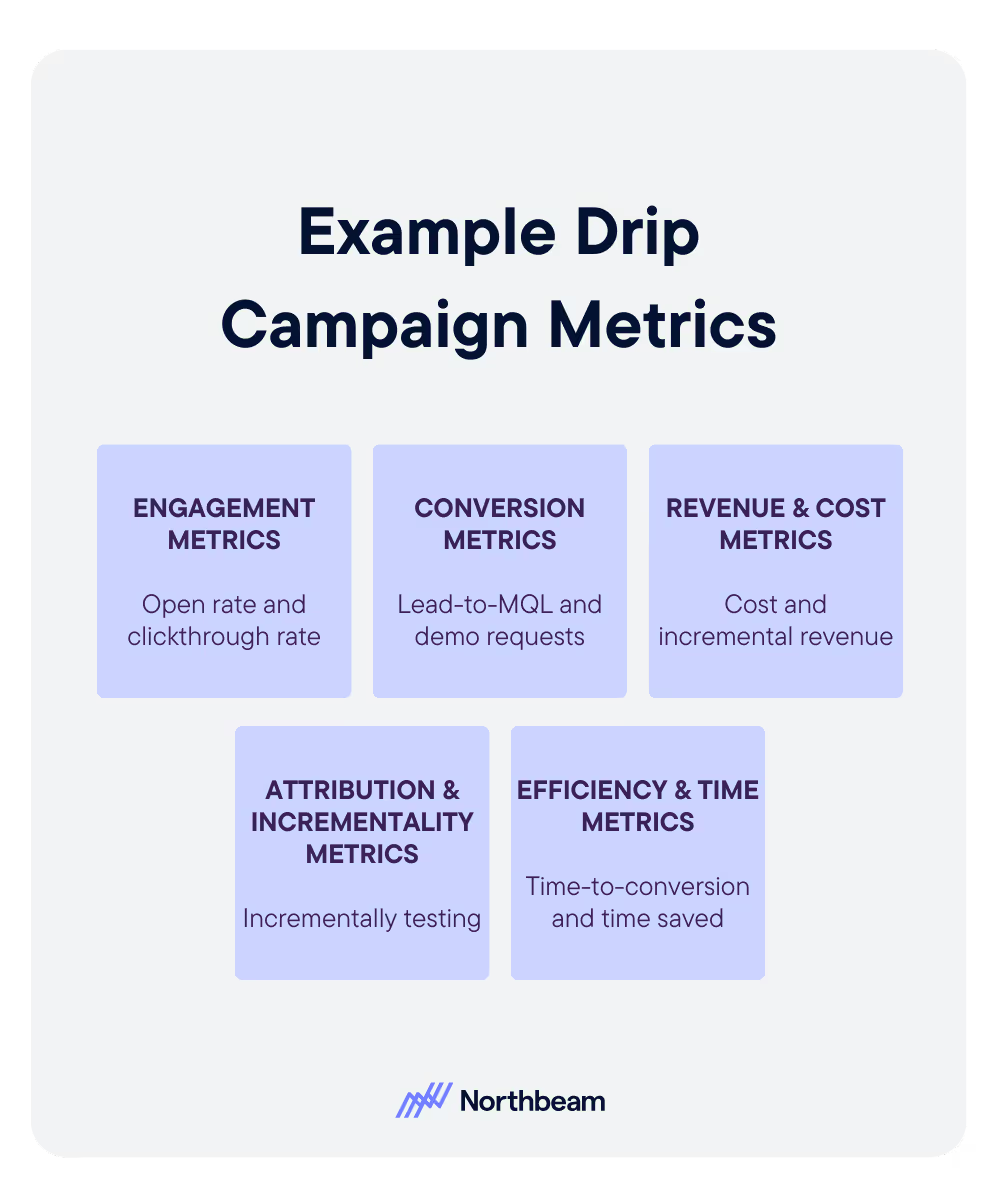



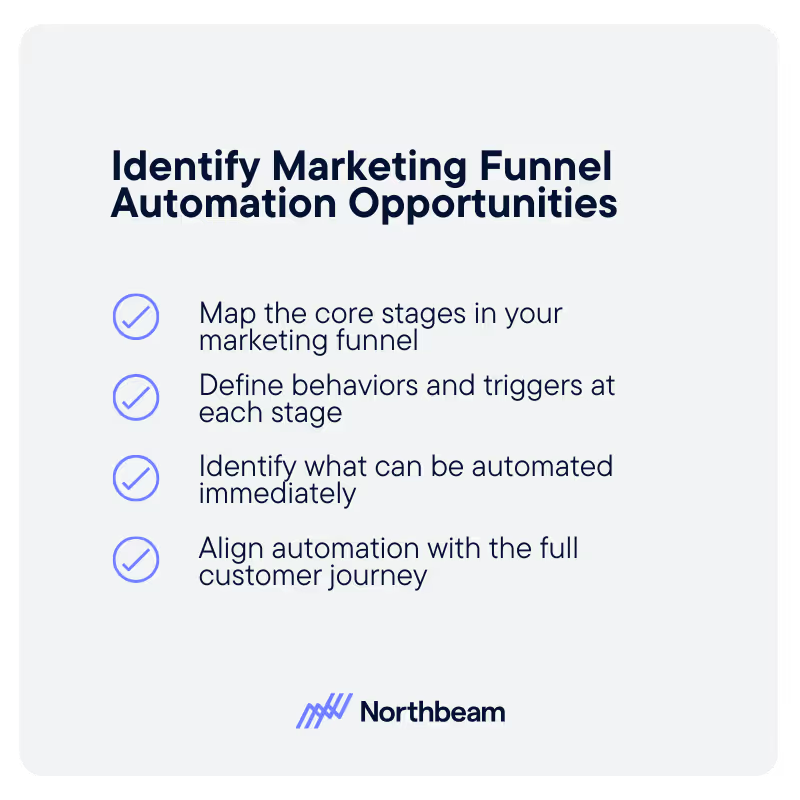
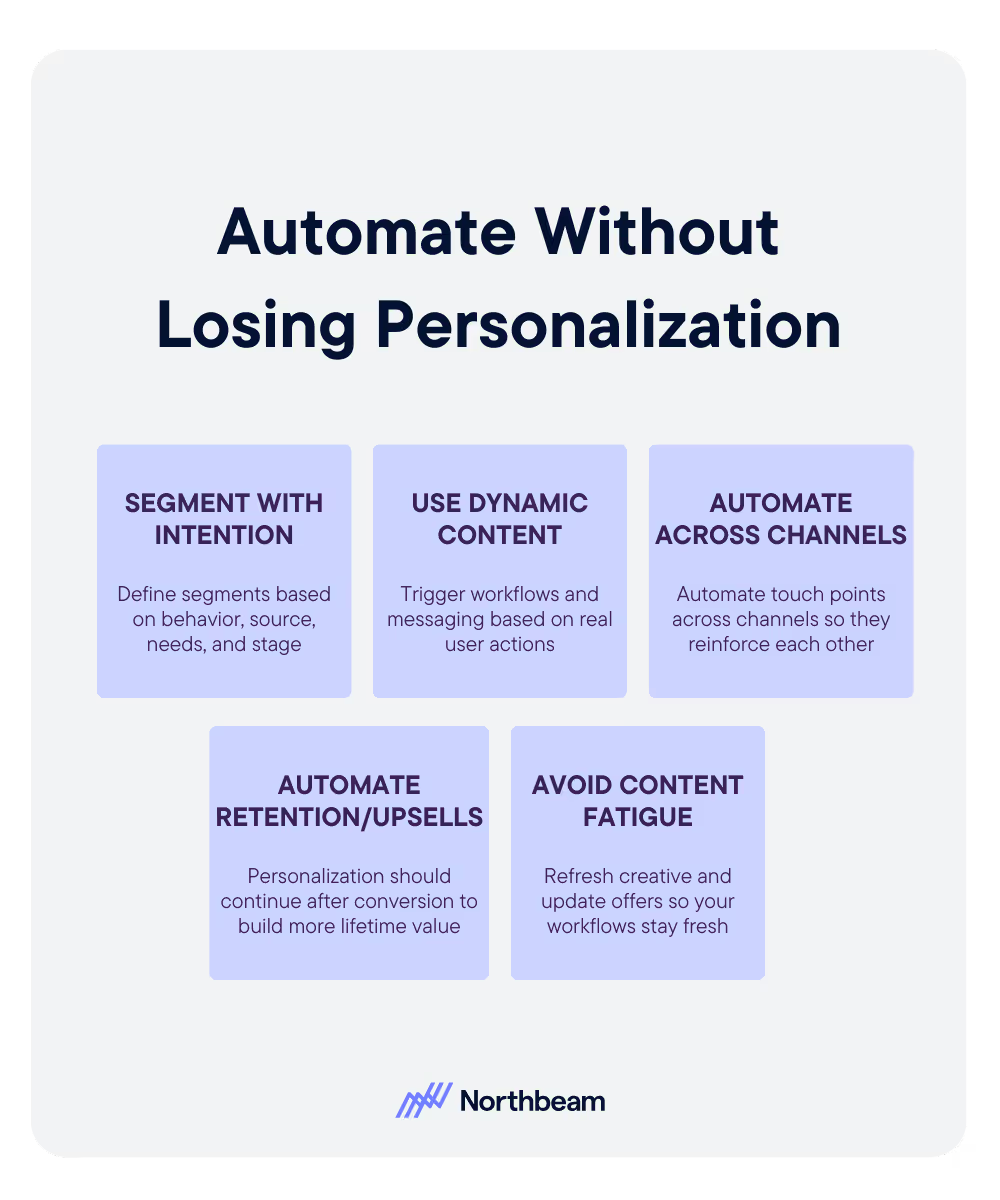
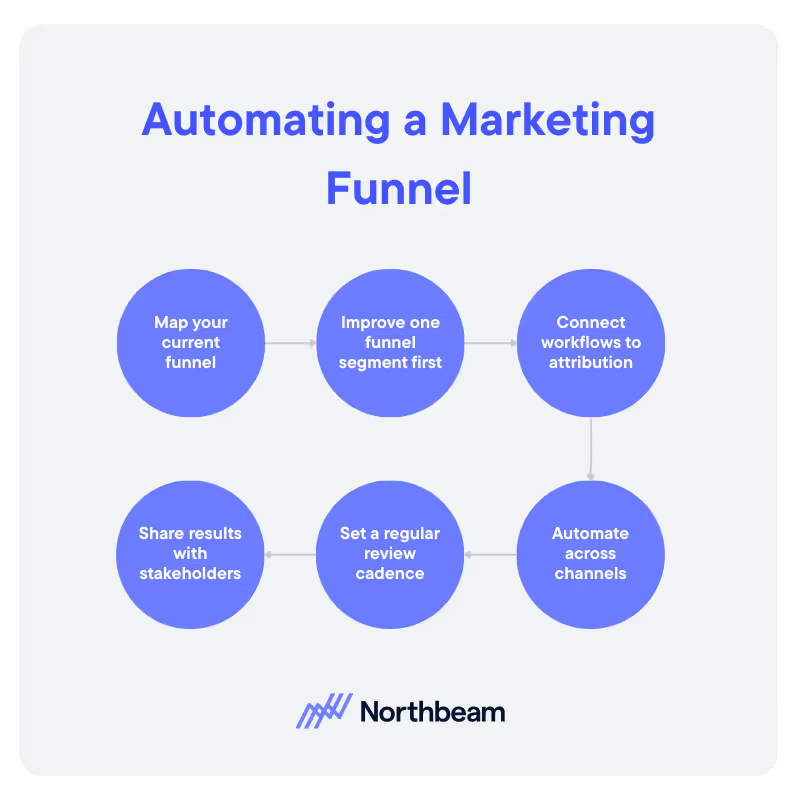


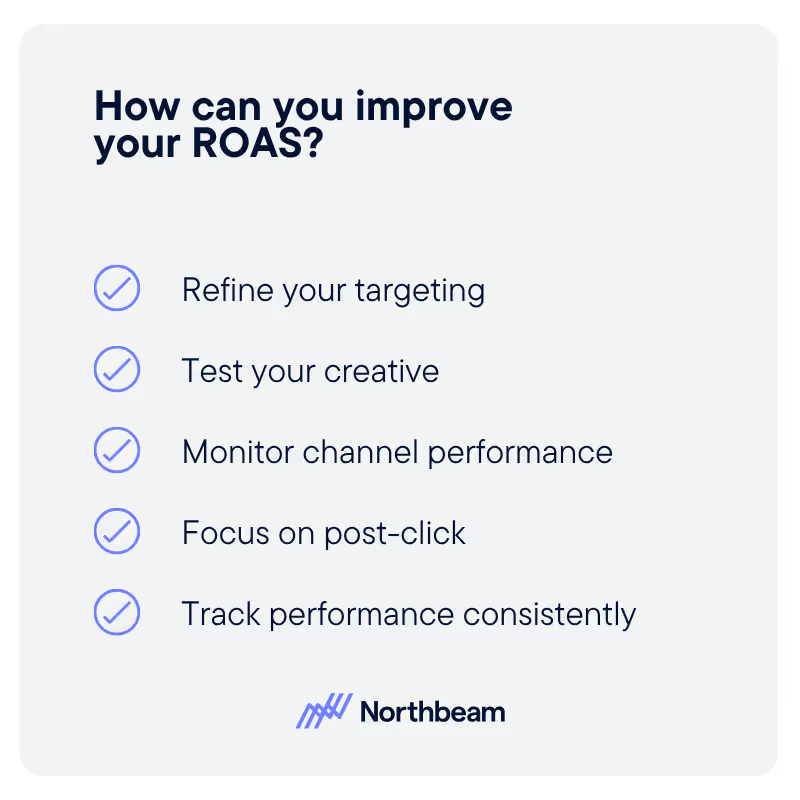
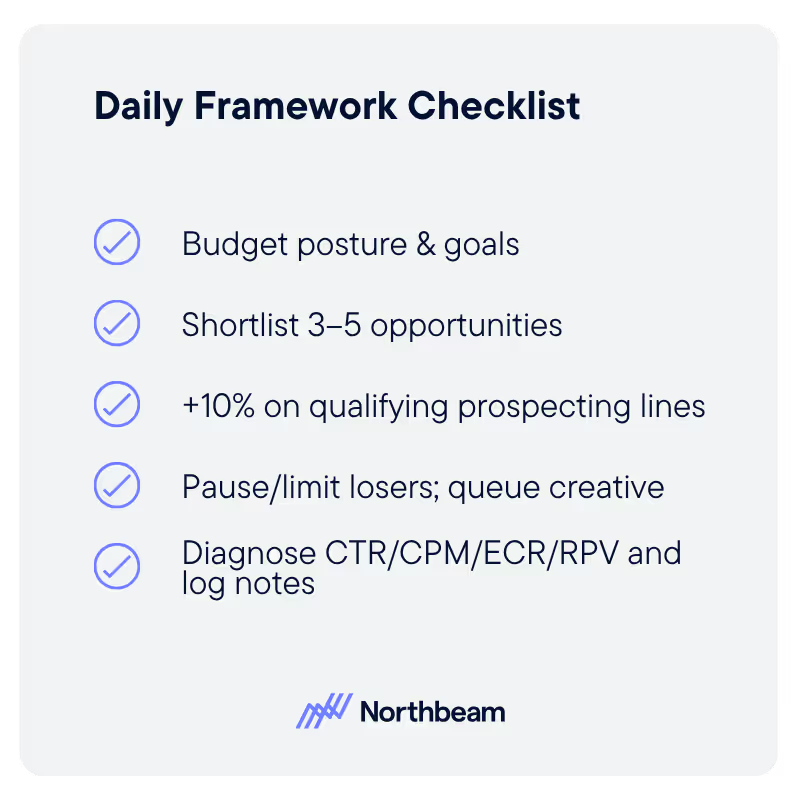


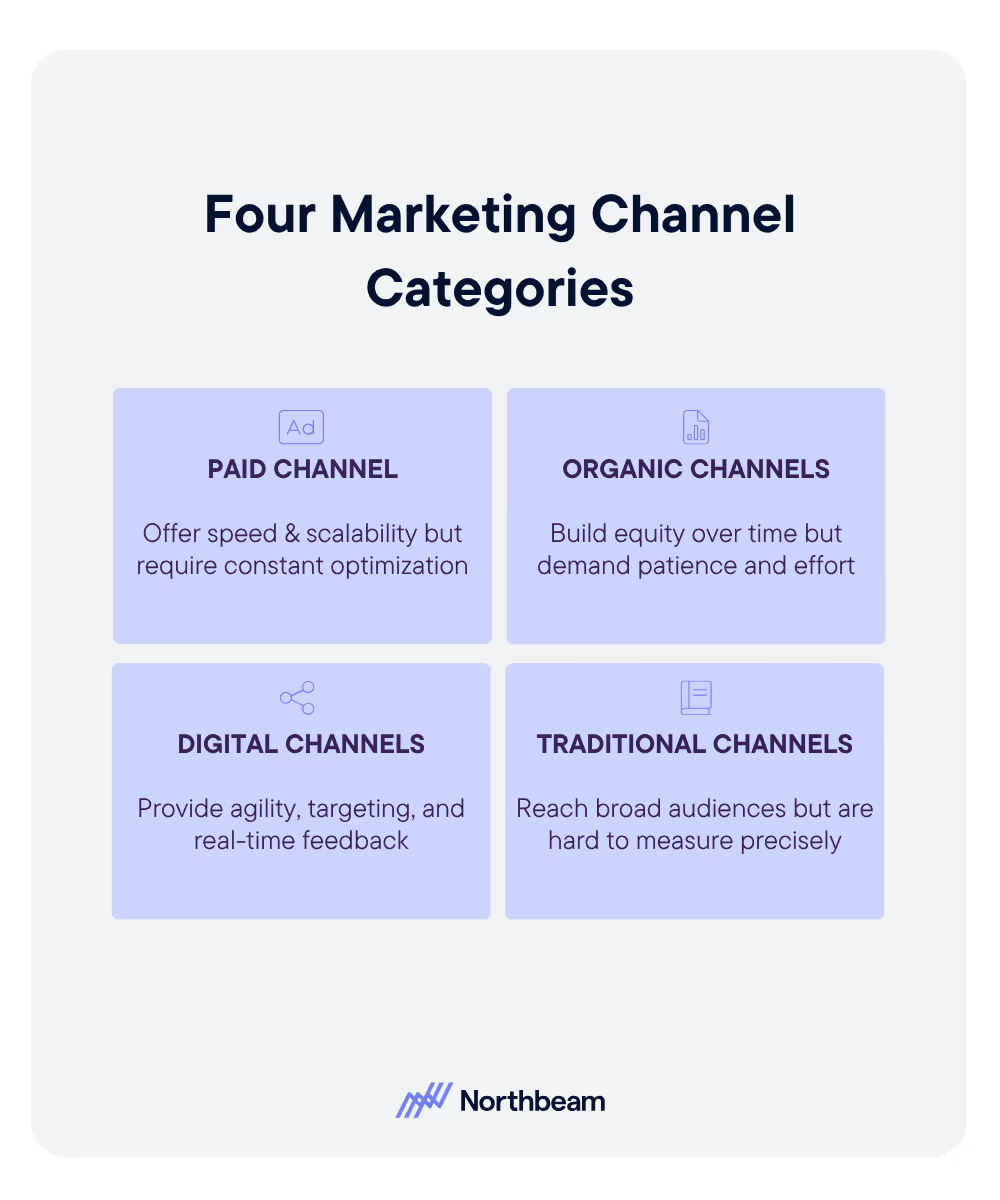
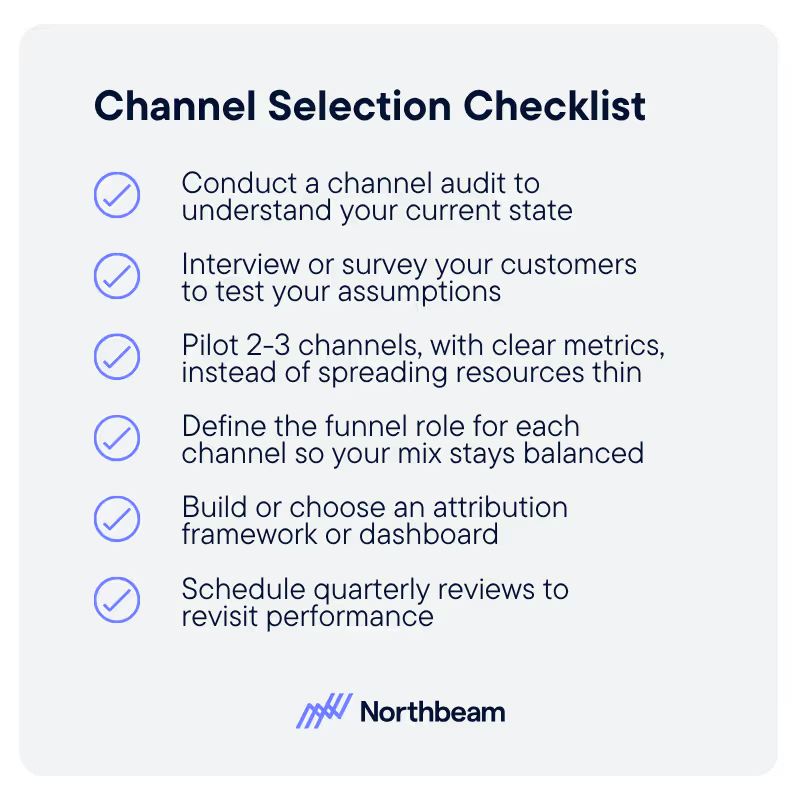
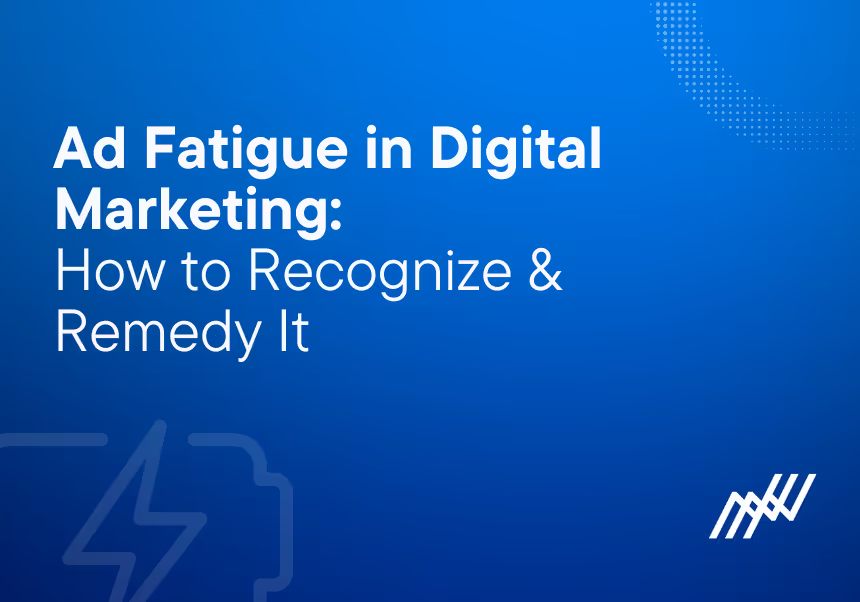


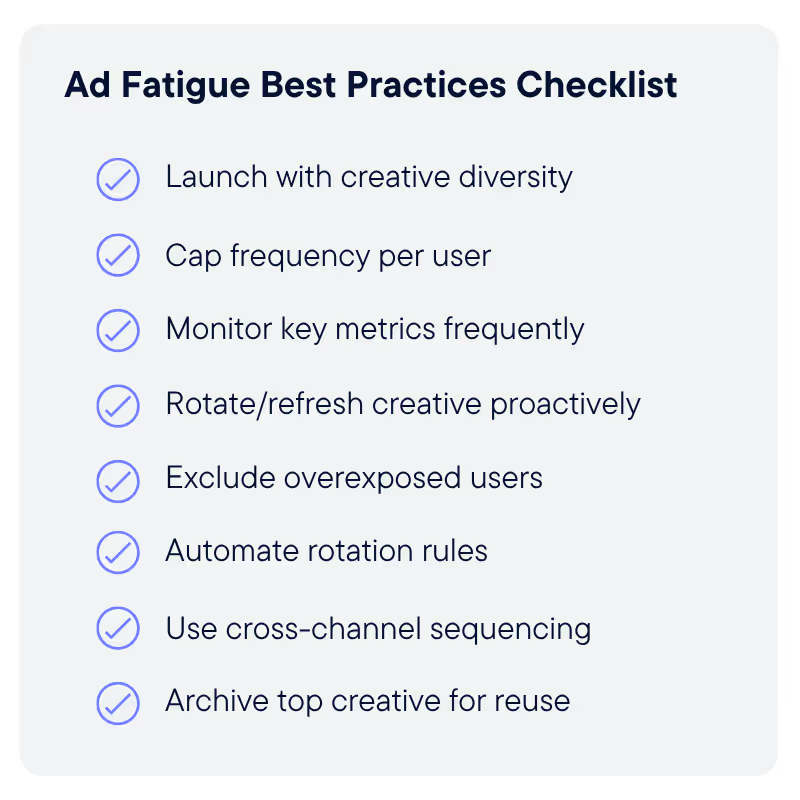

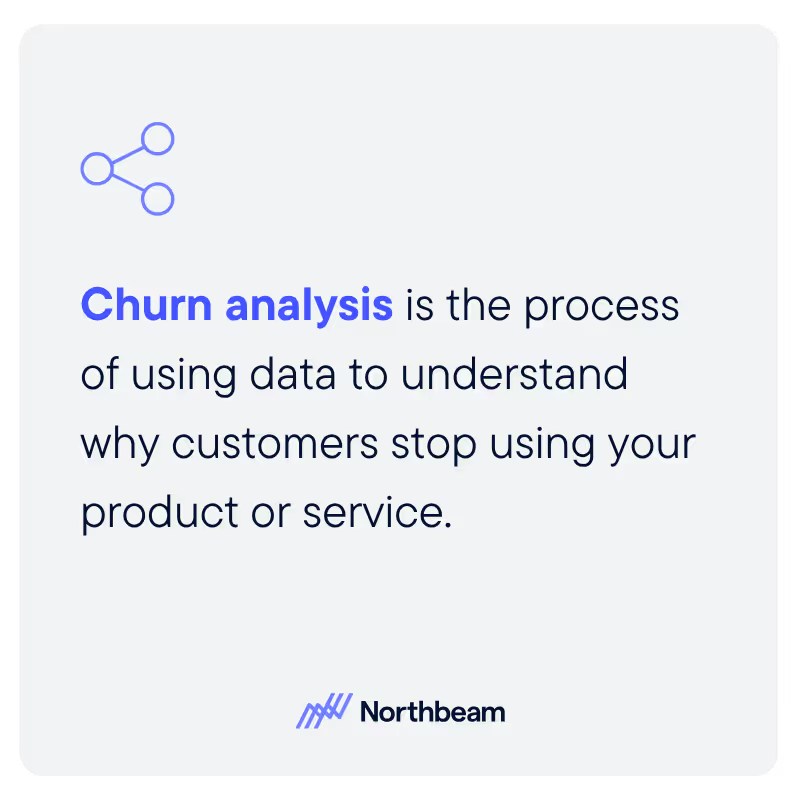



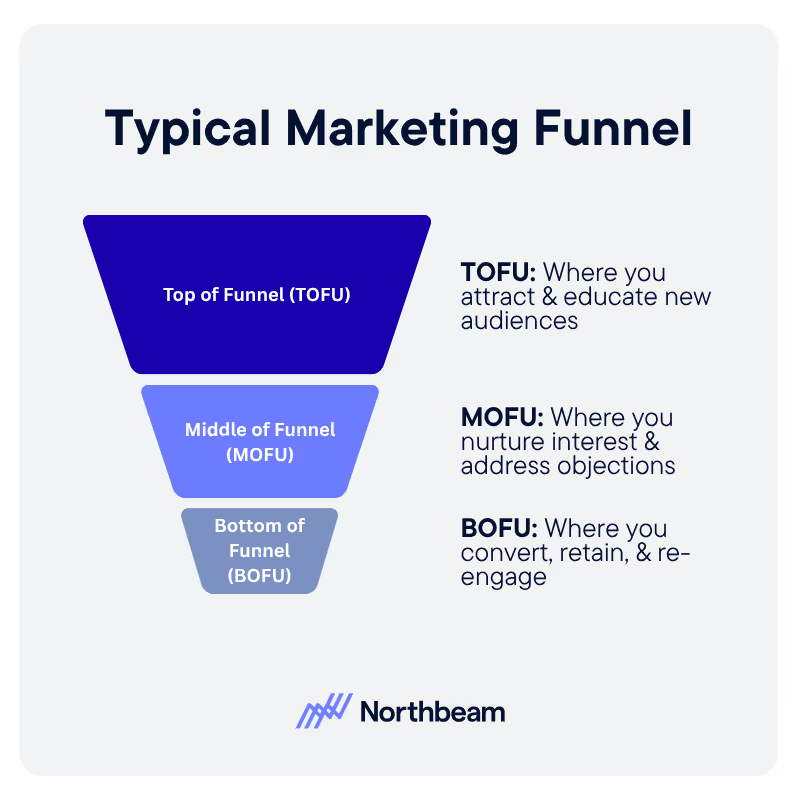
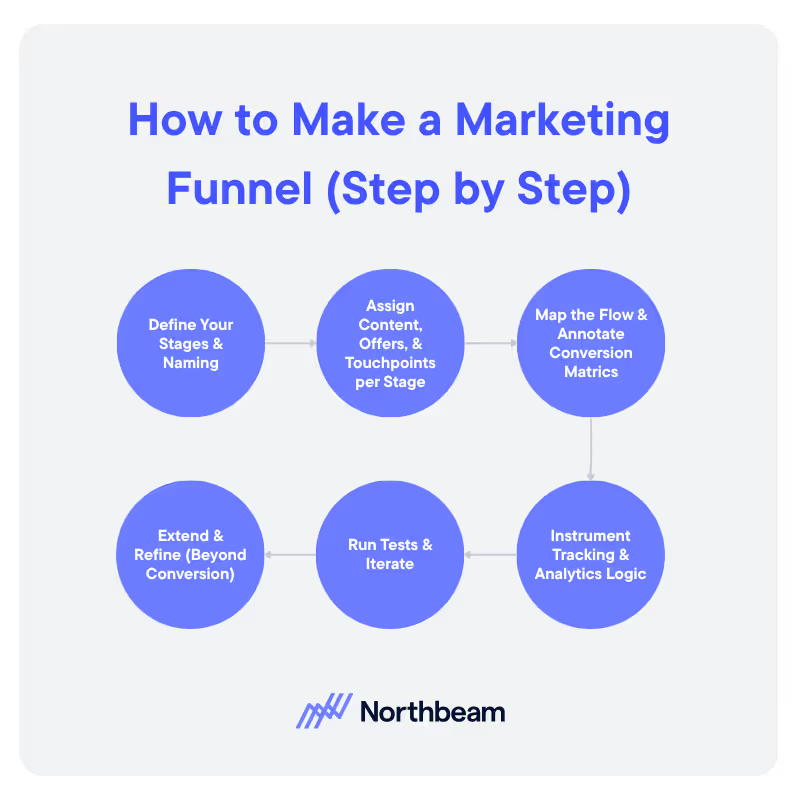

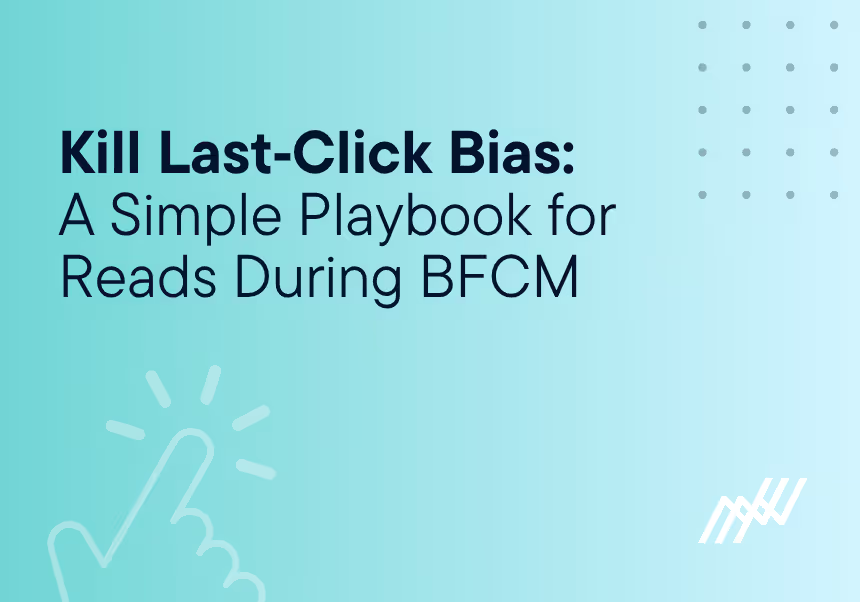




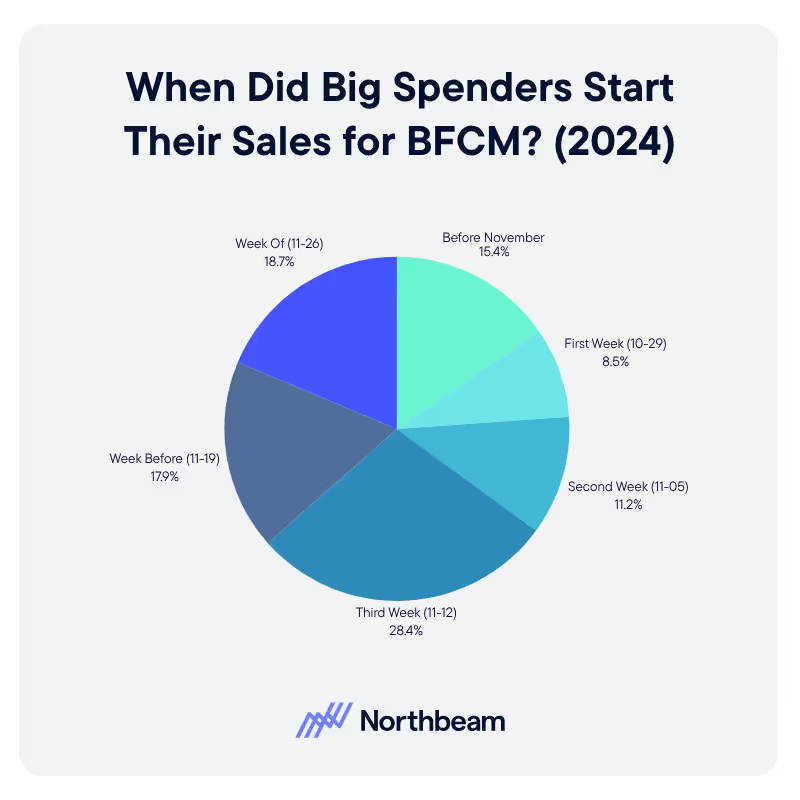
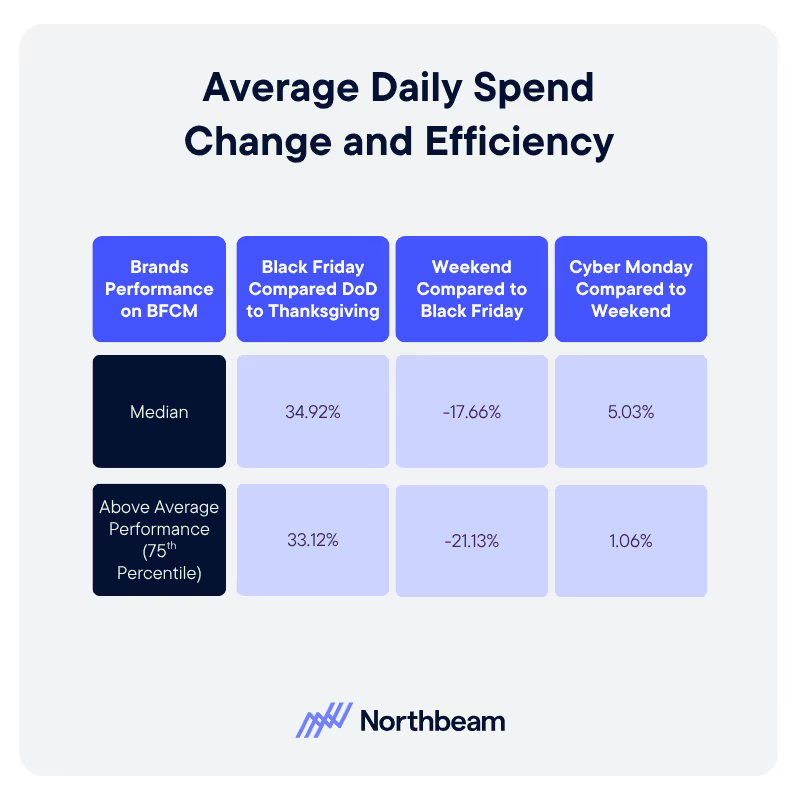

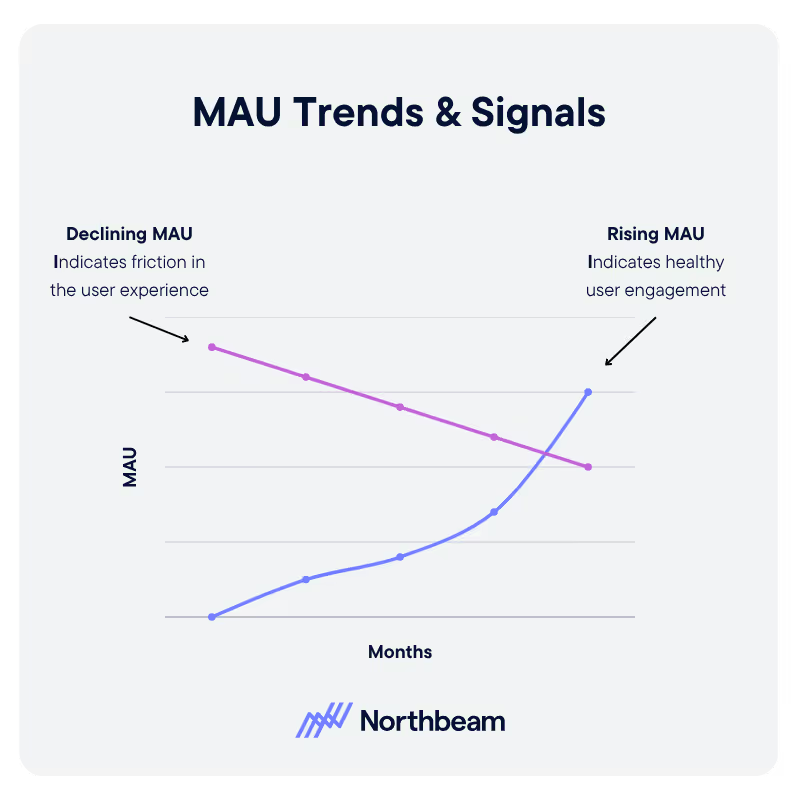
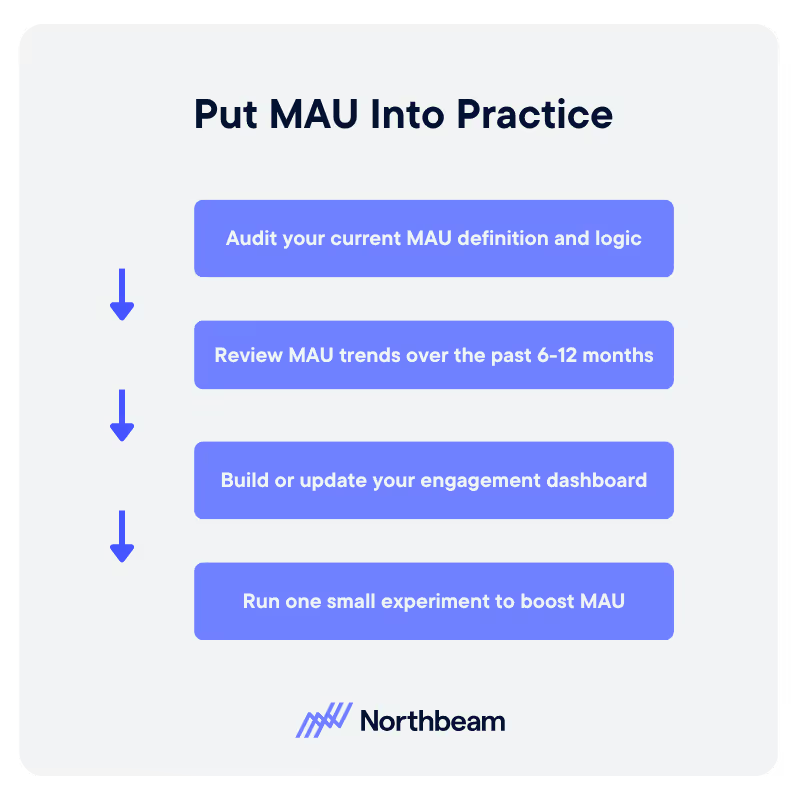

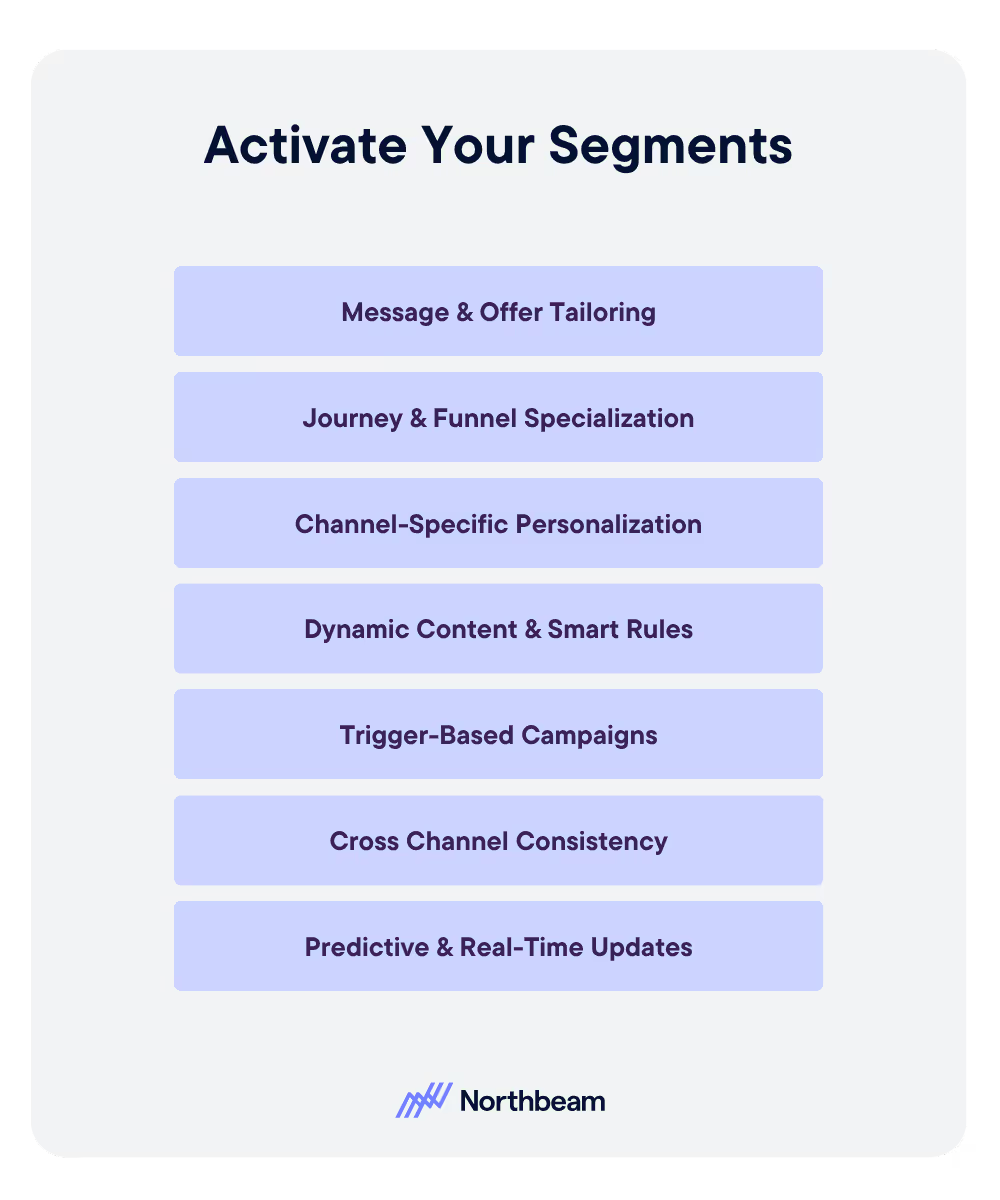


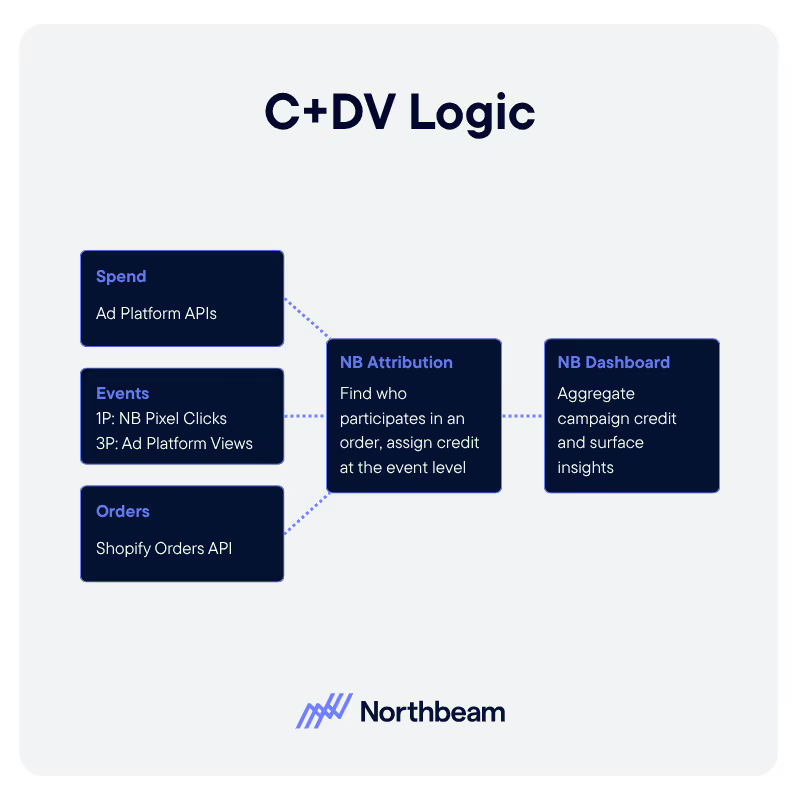


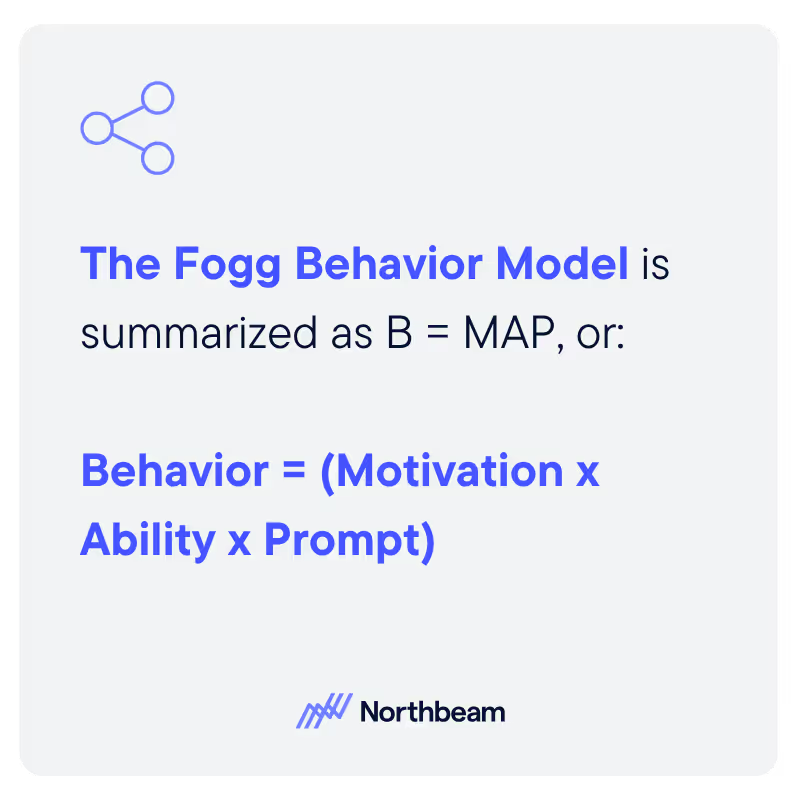

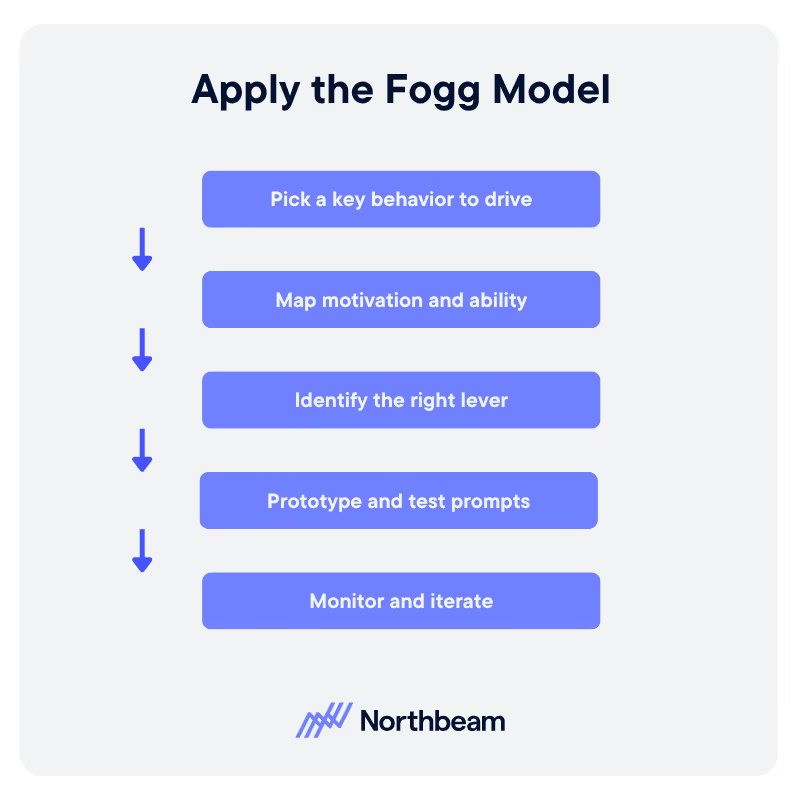
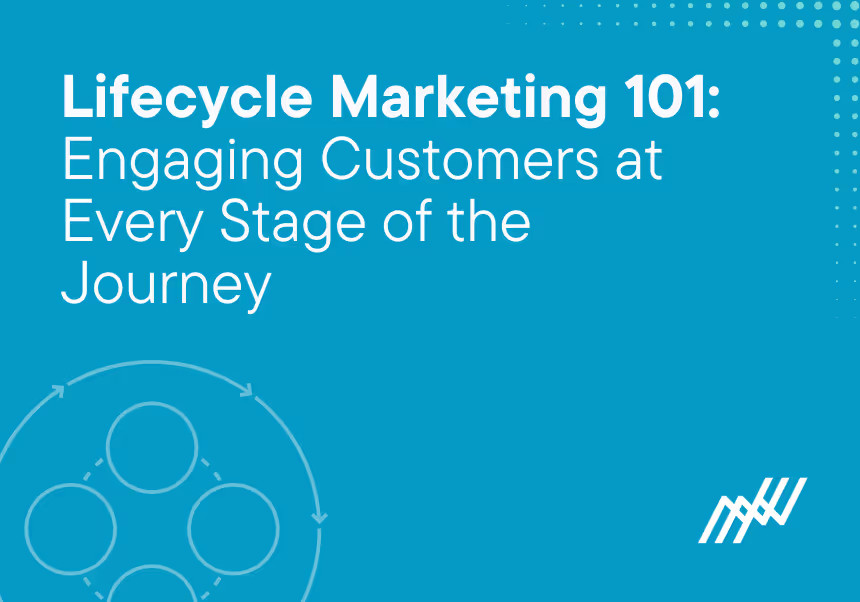
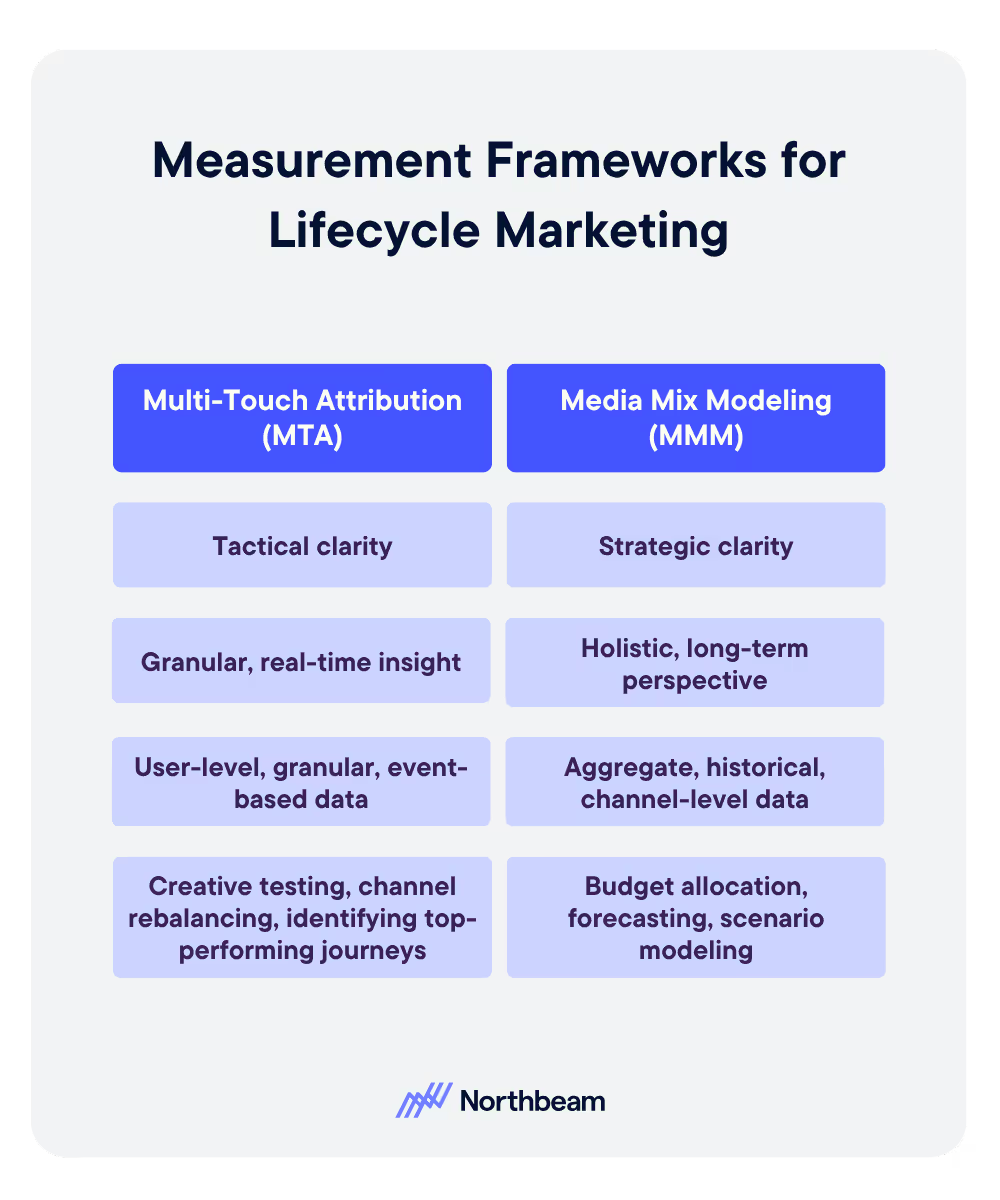
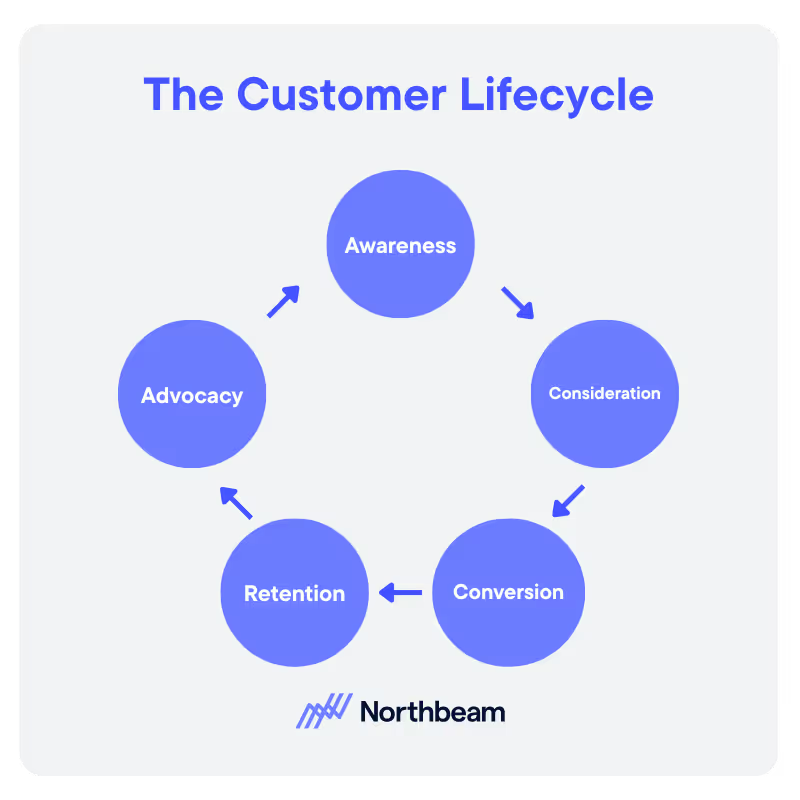



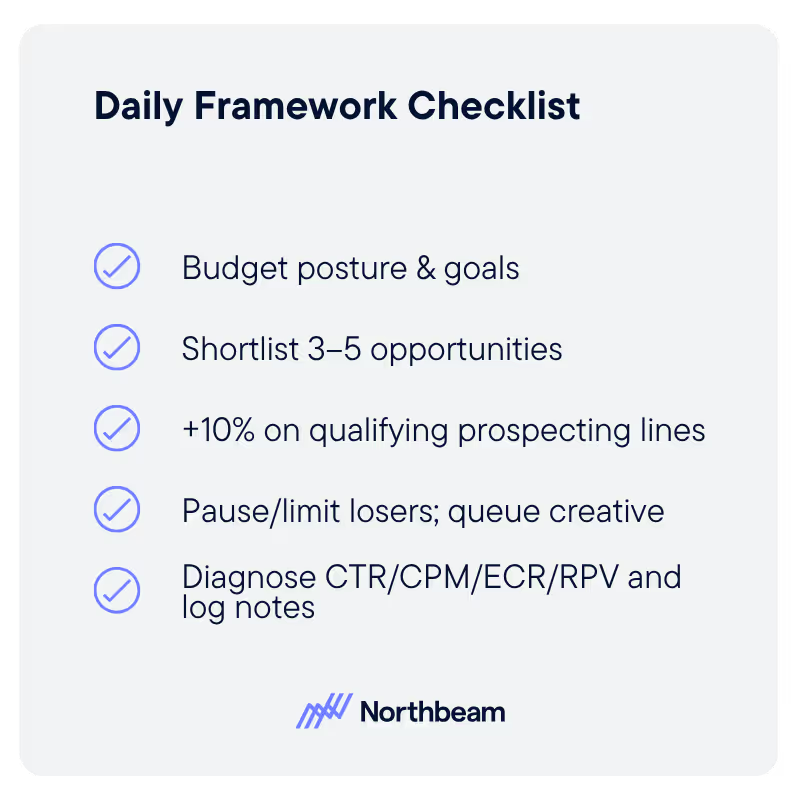

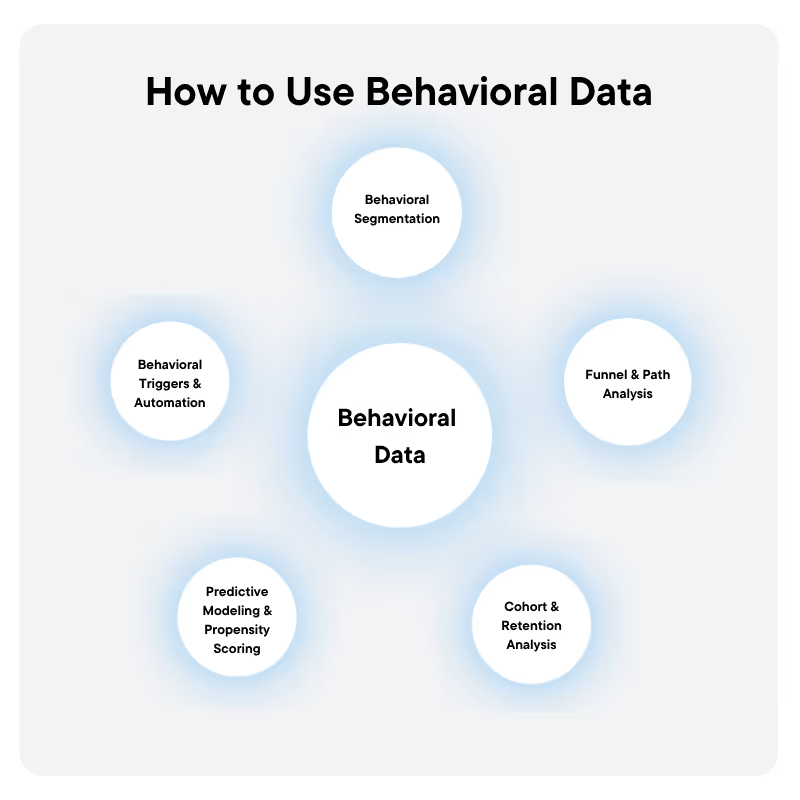
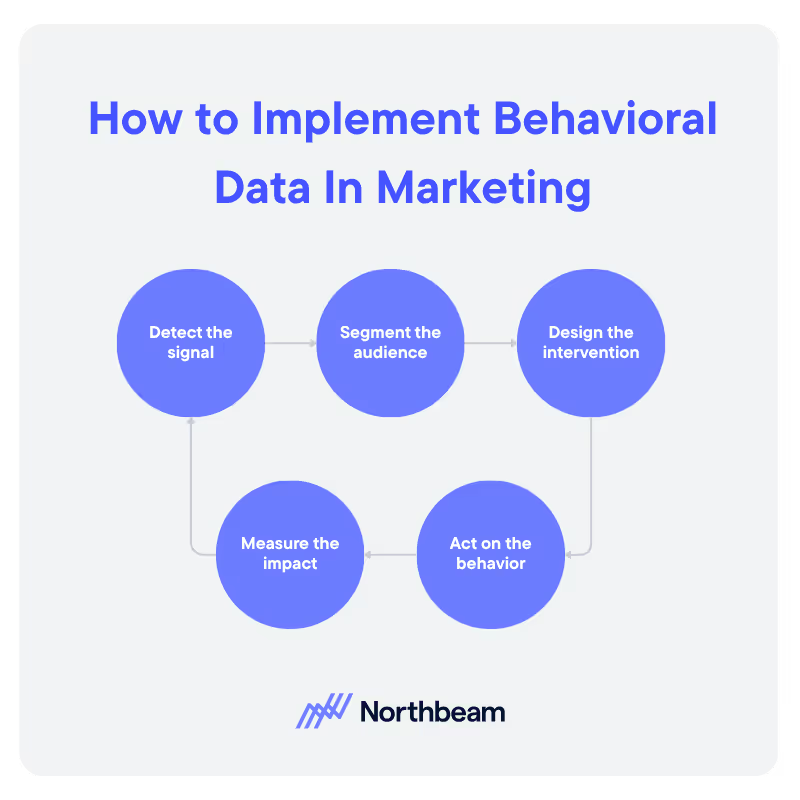

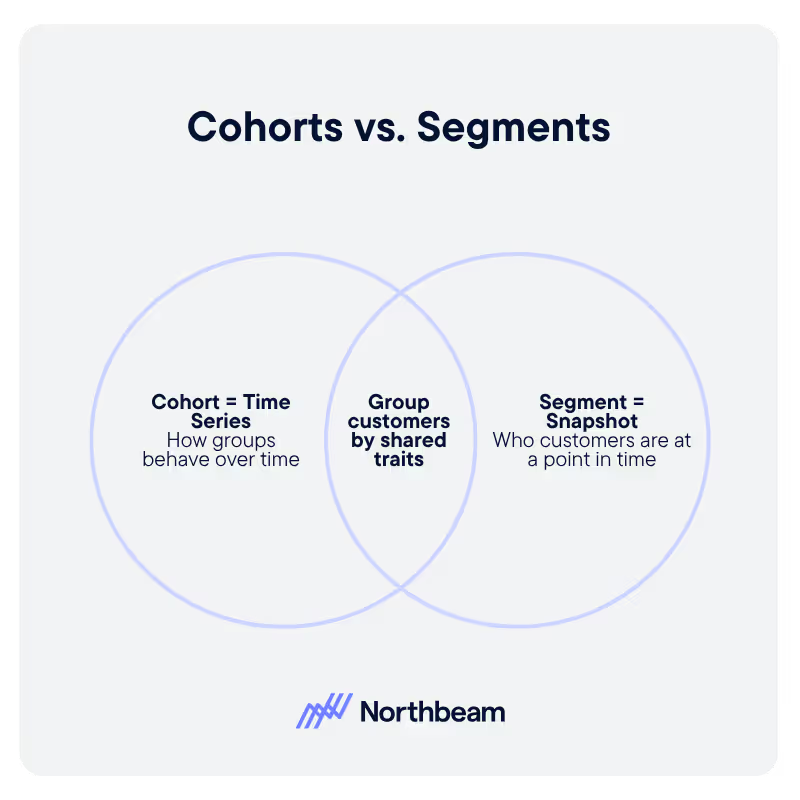
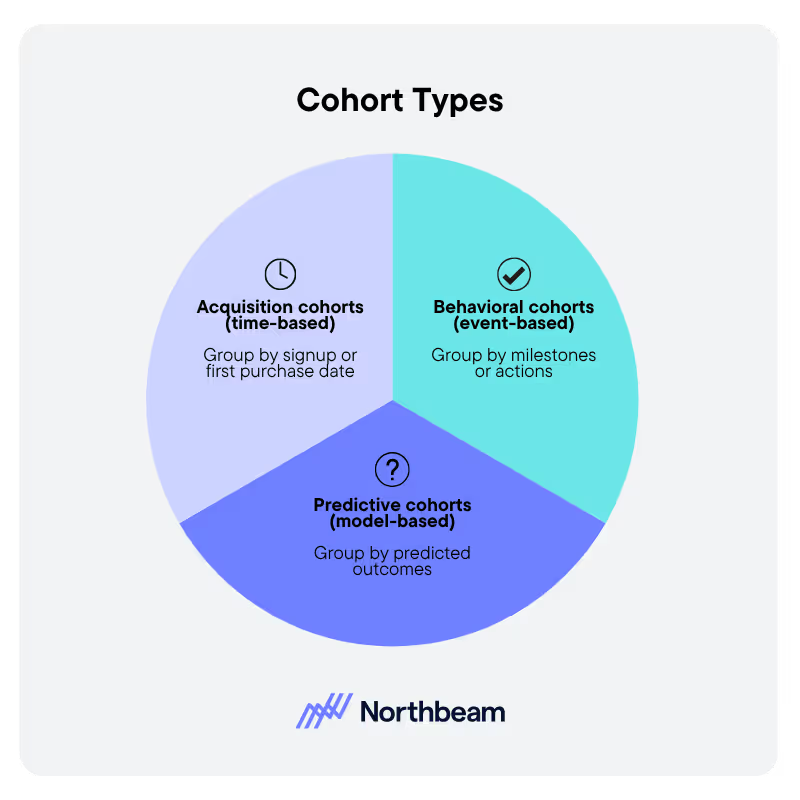
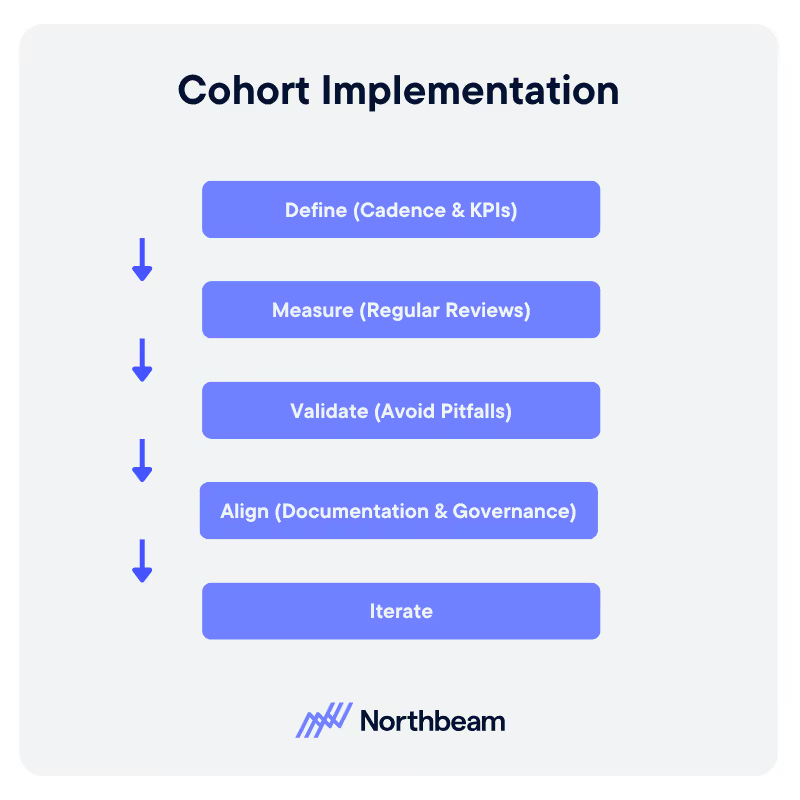

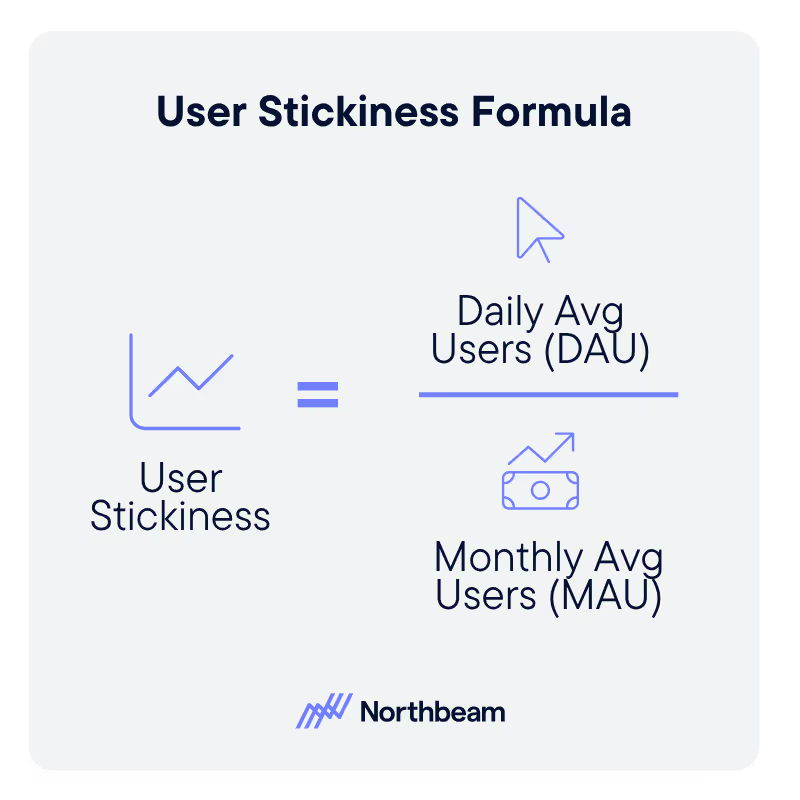
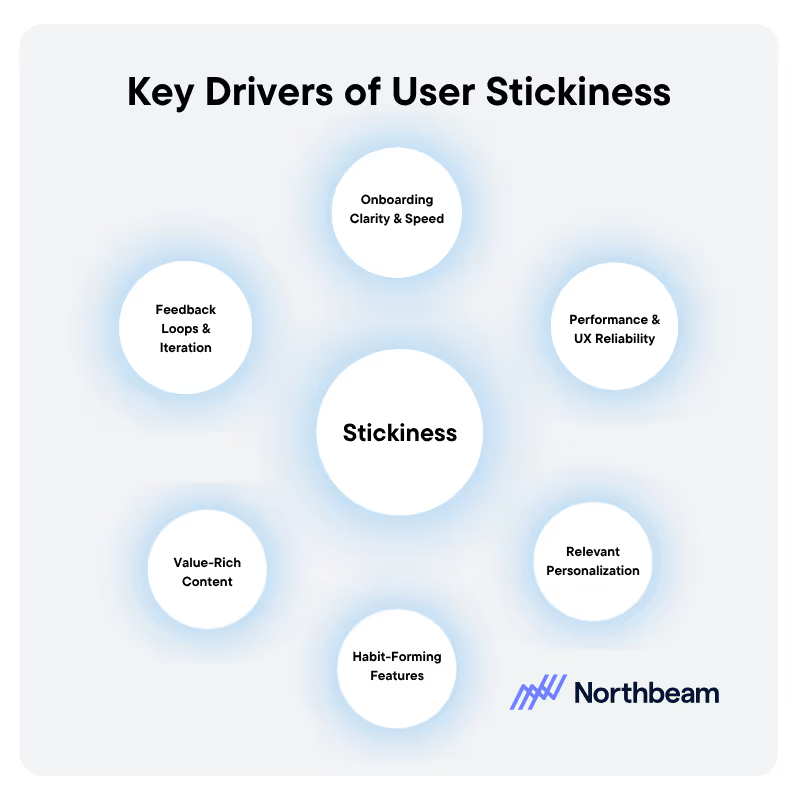
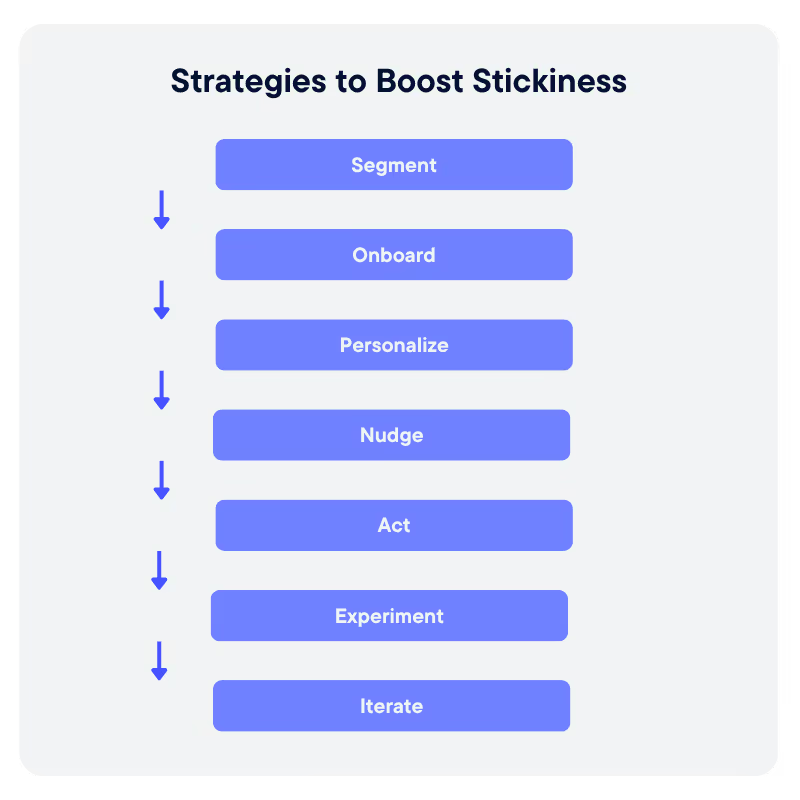
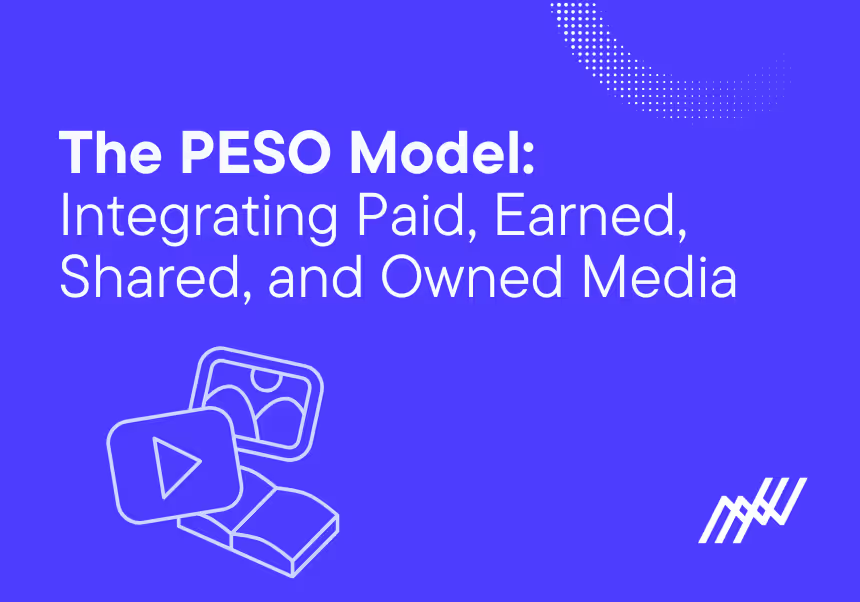
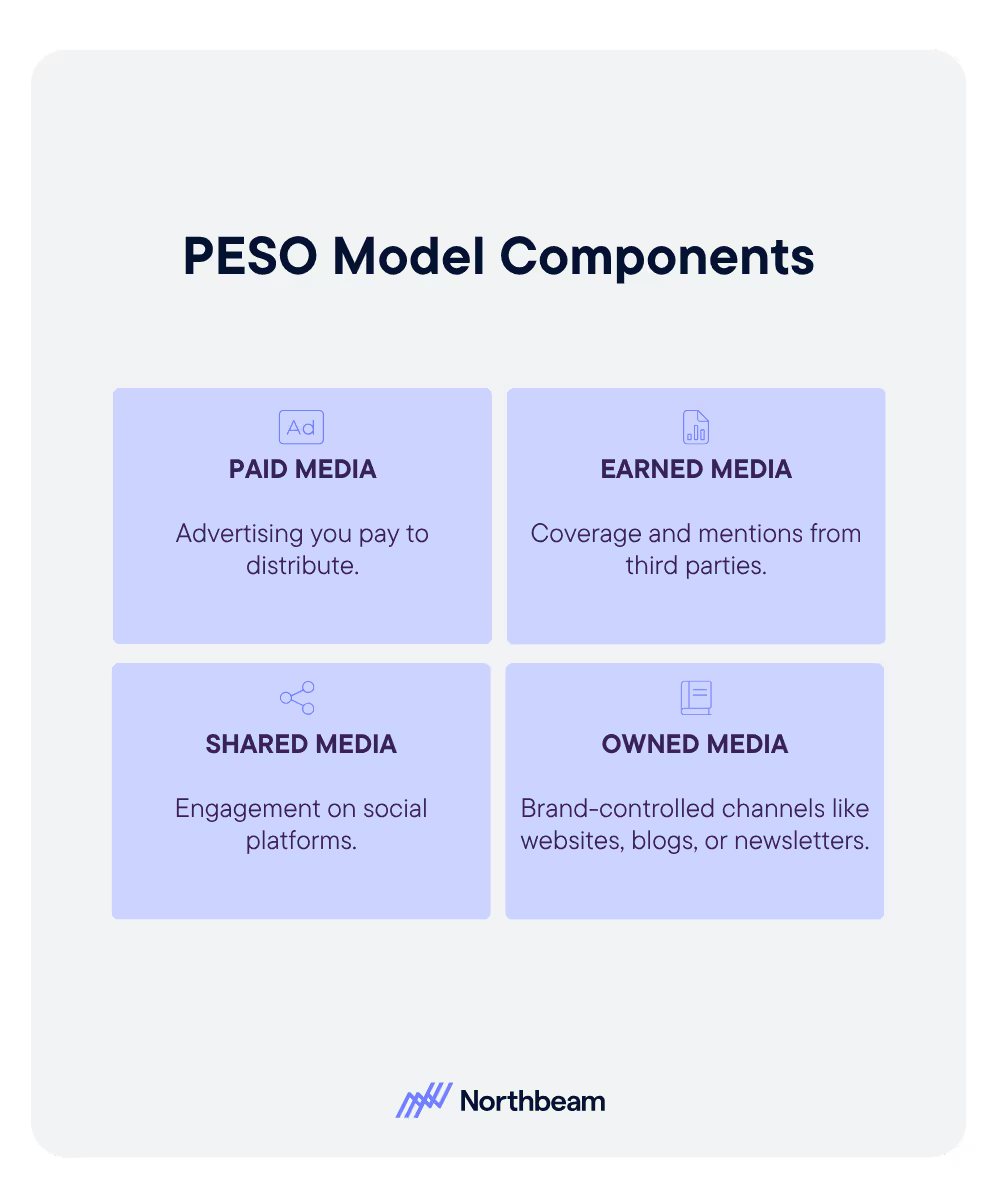
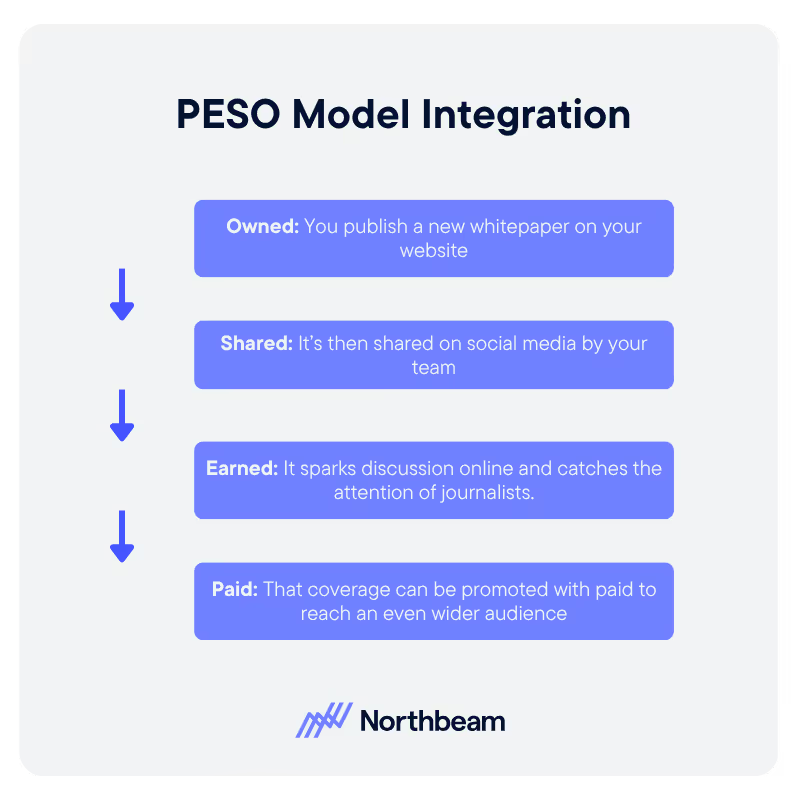
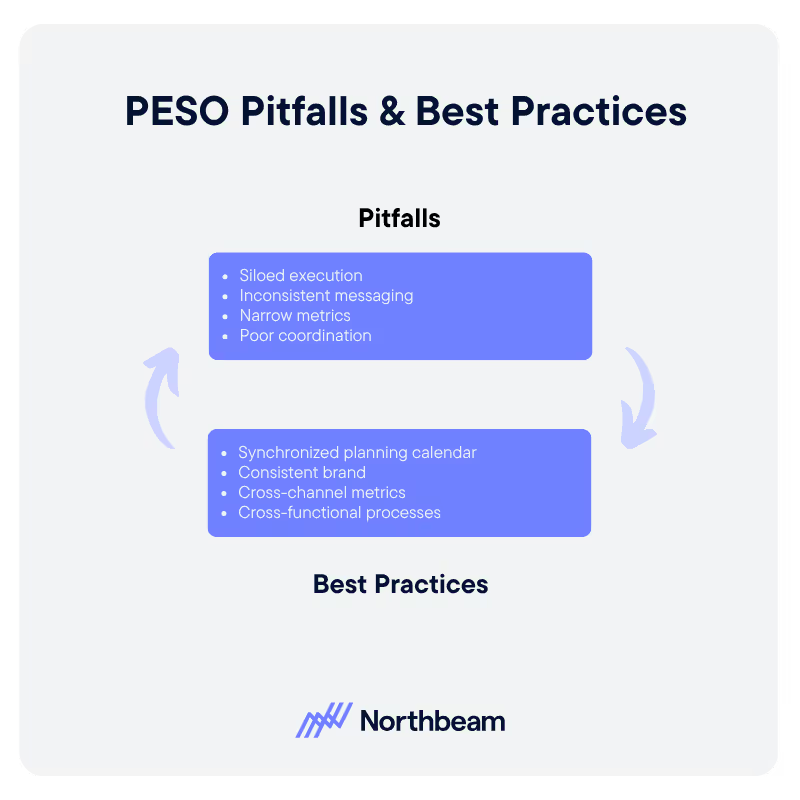

.avif)



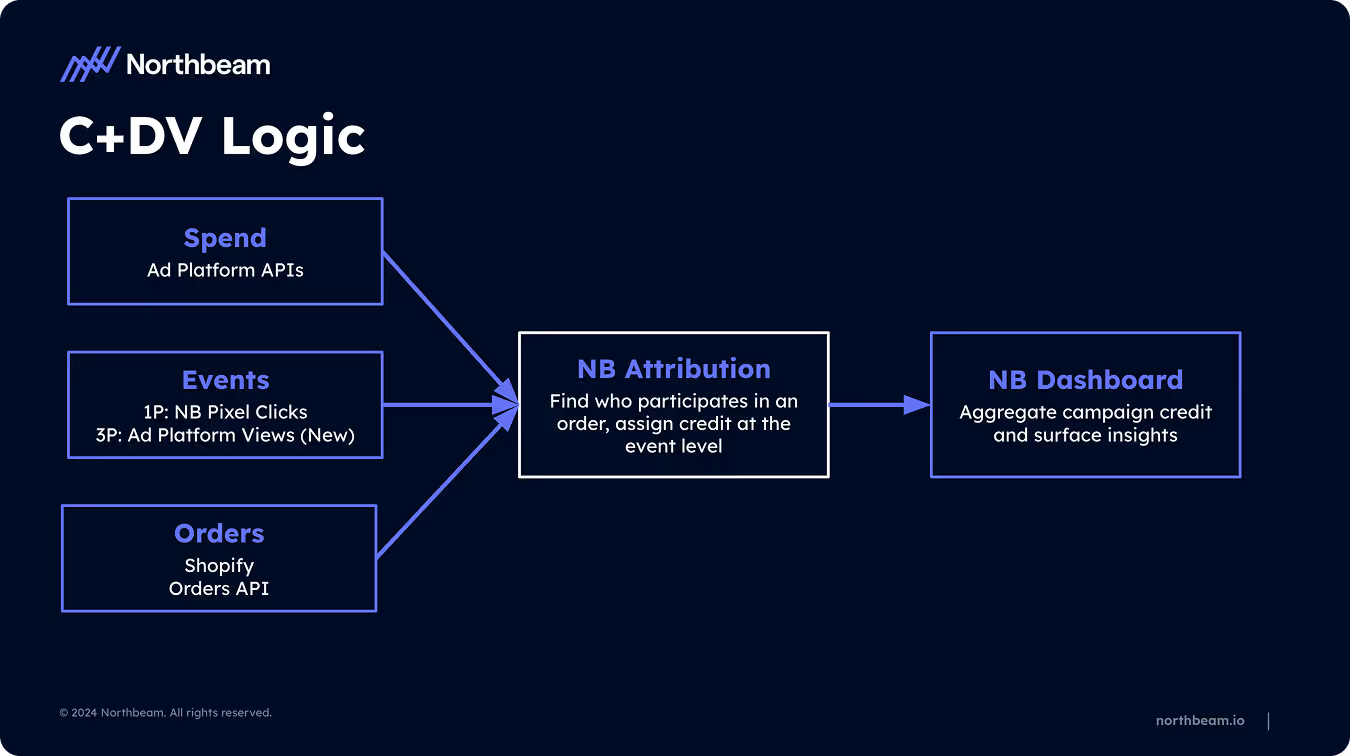
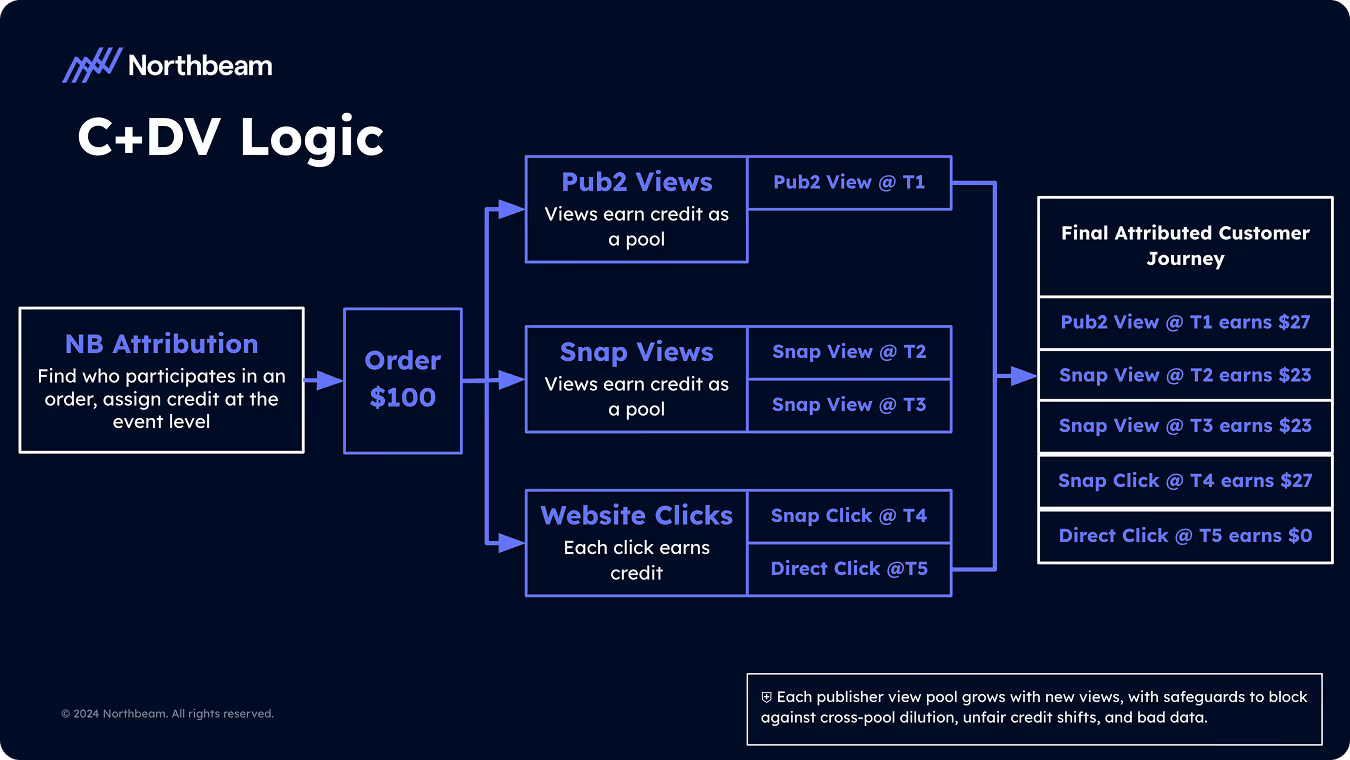
.avif)





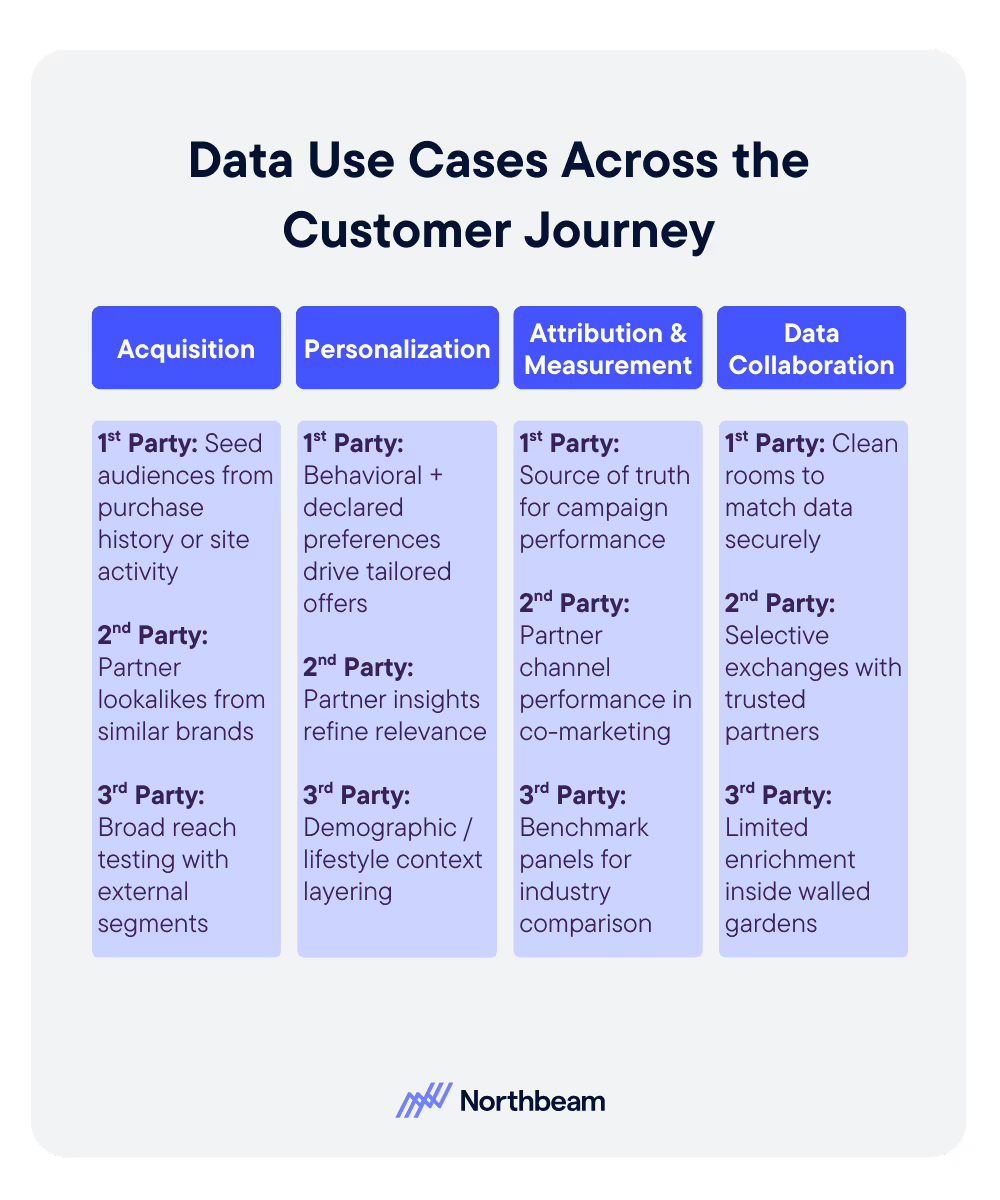


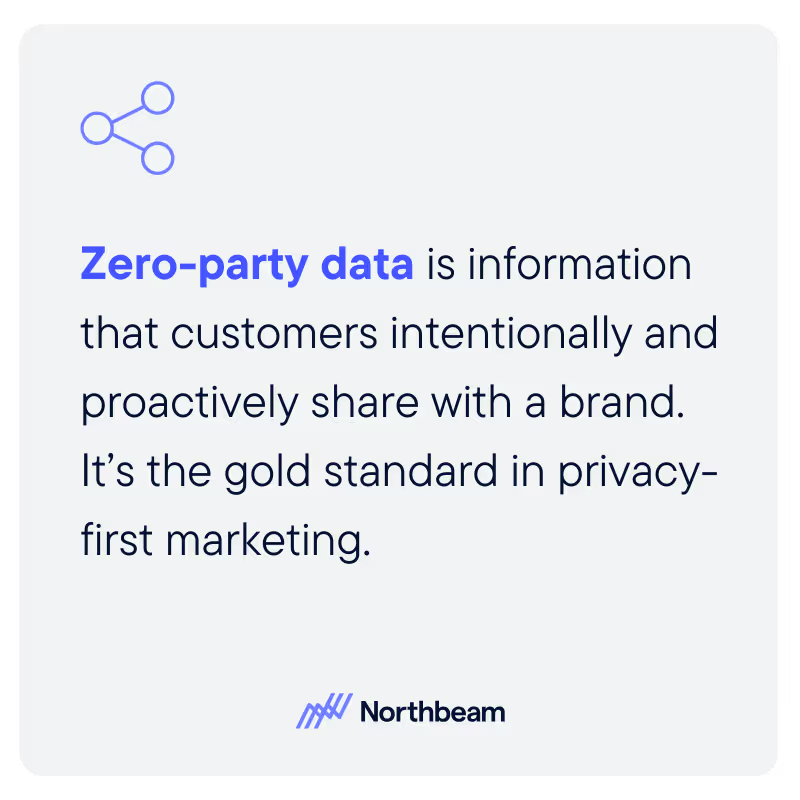
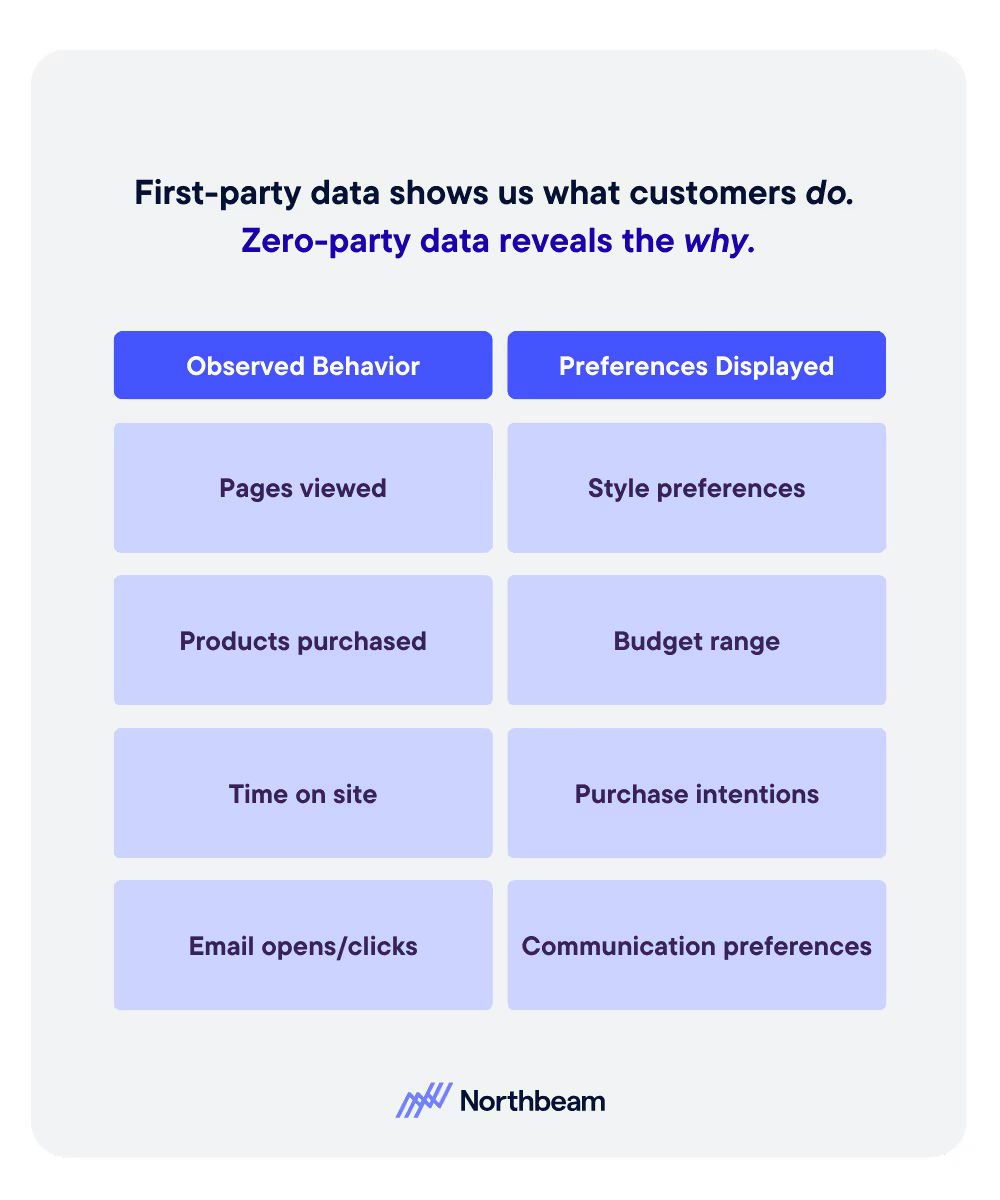







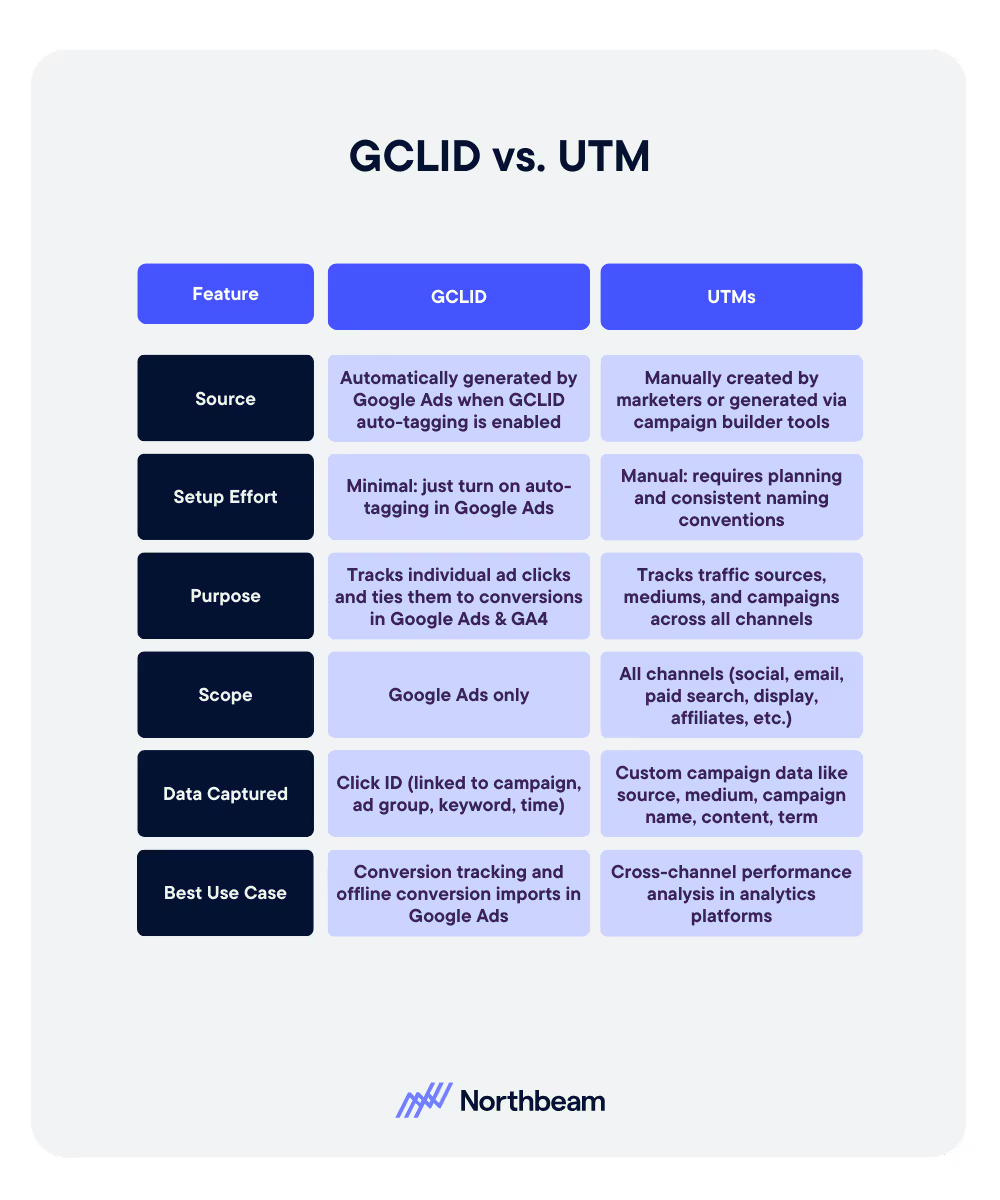

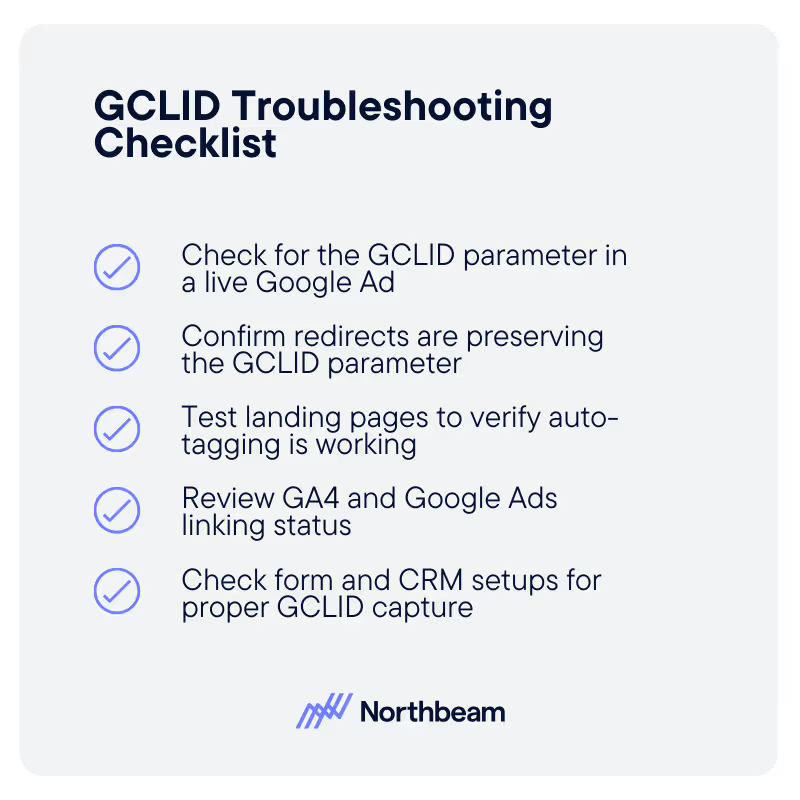




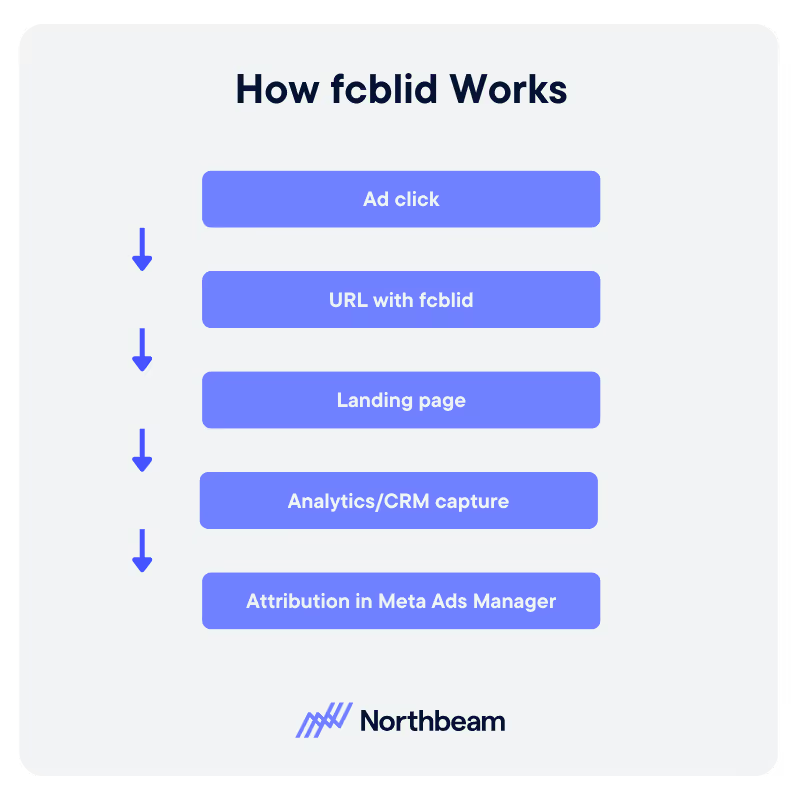



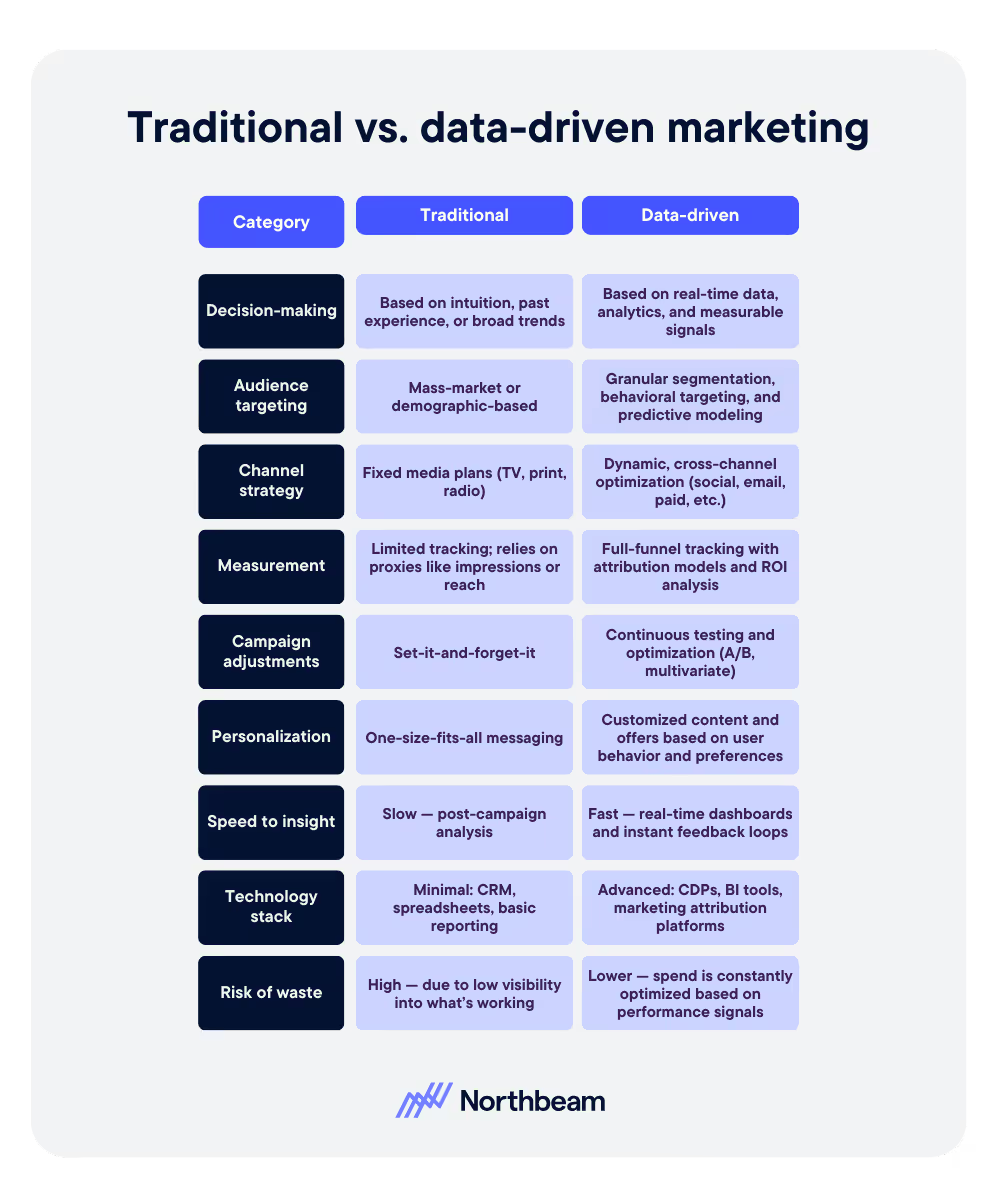
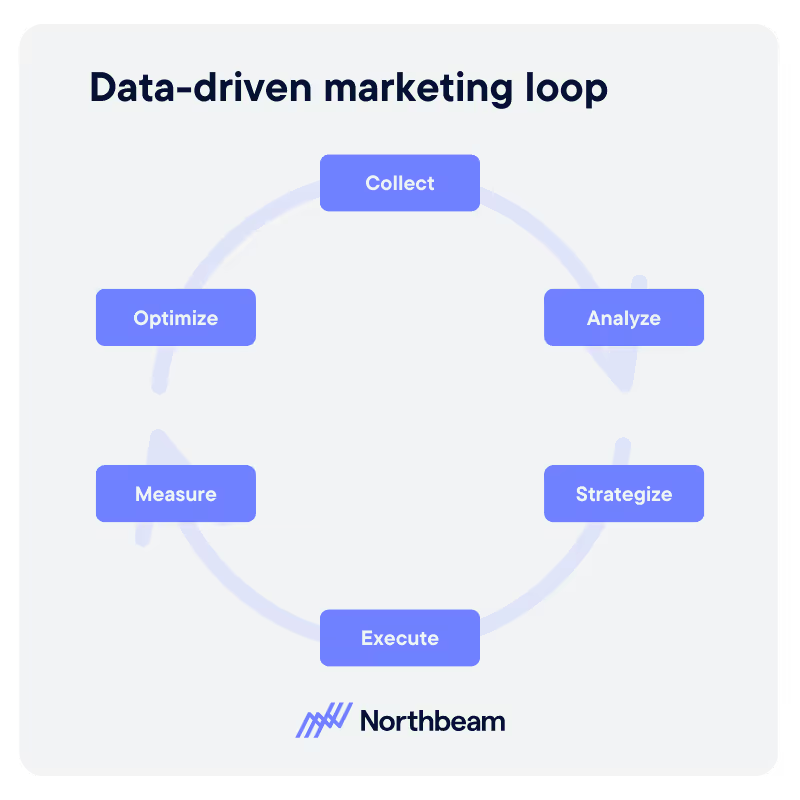

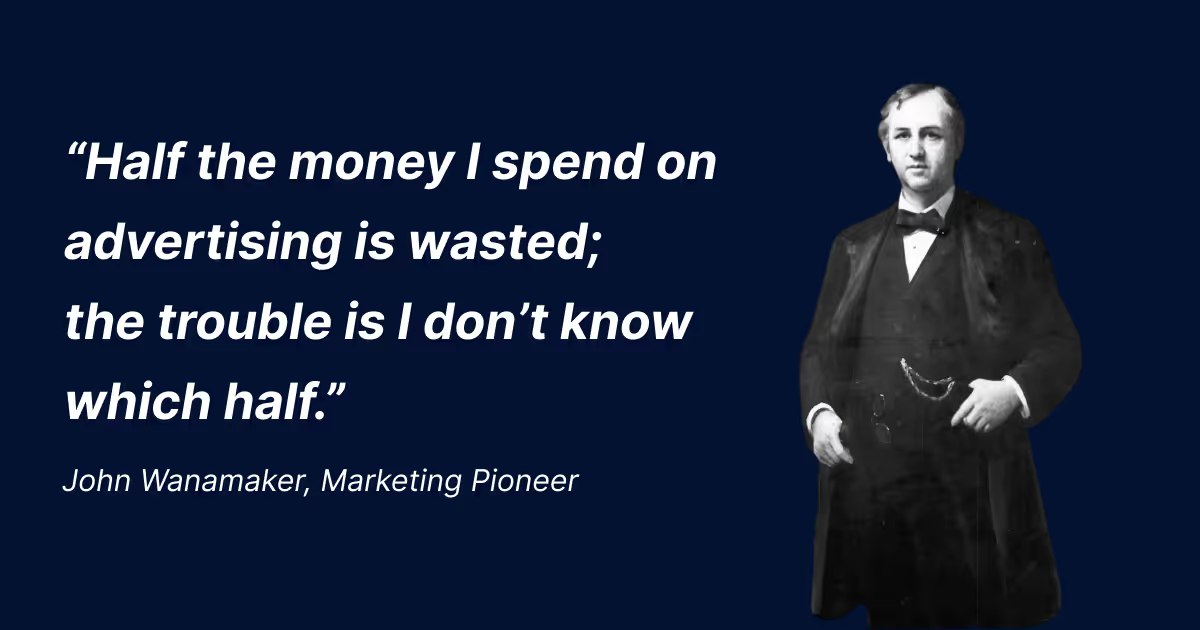



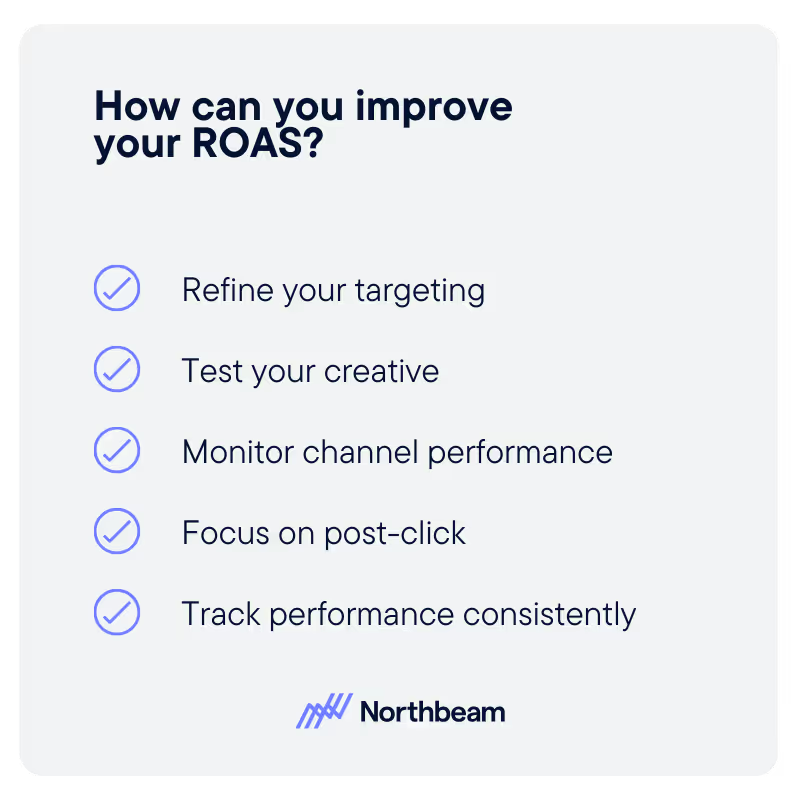
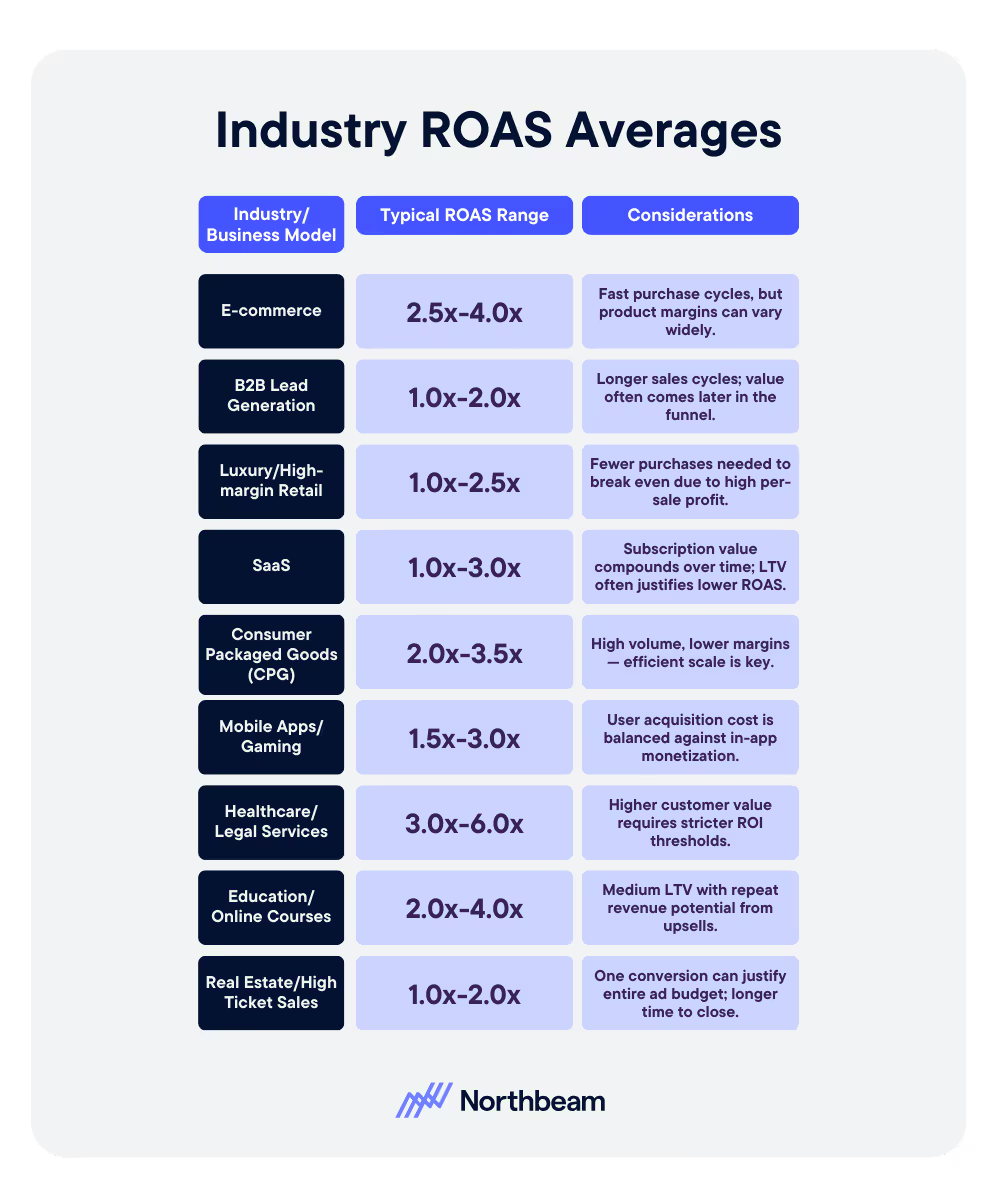
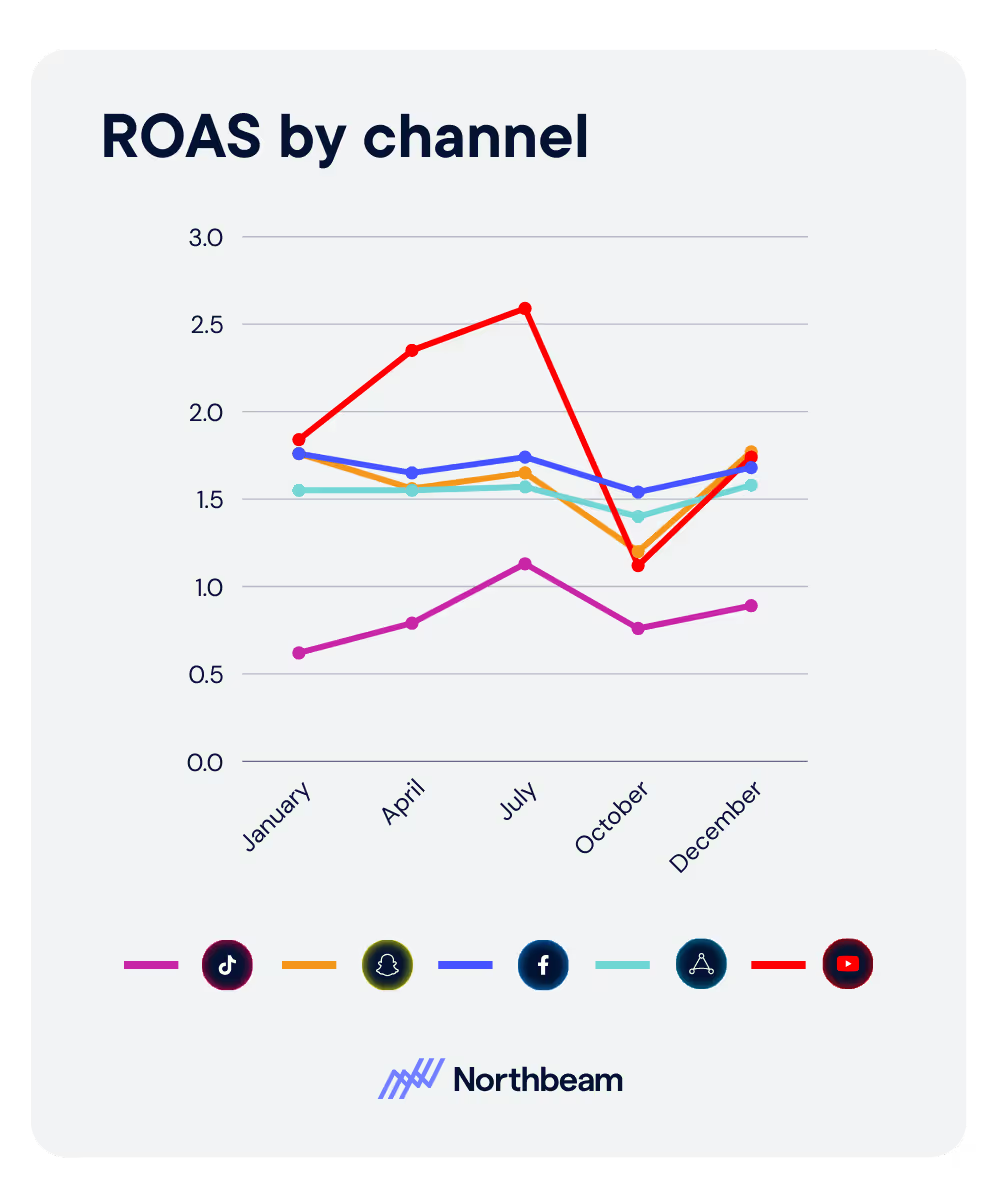
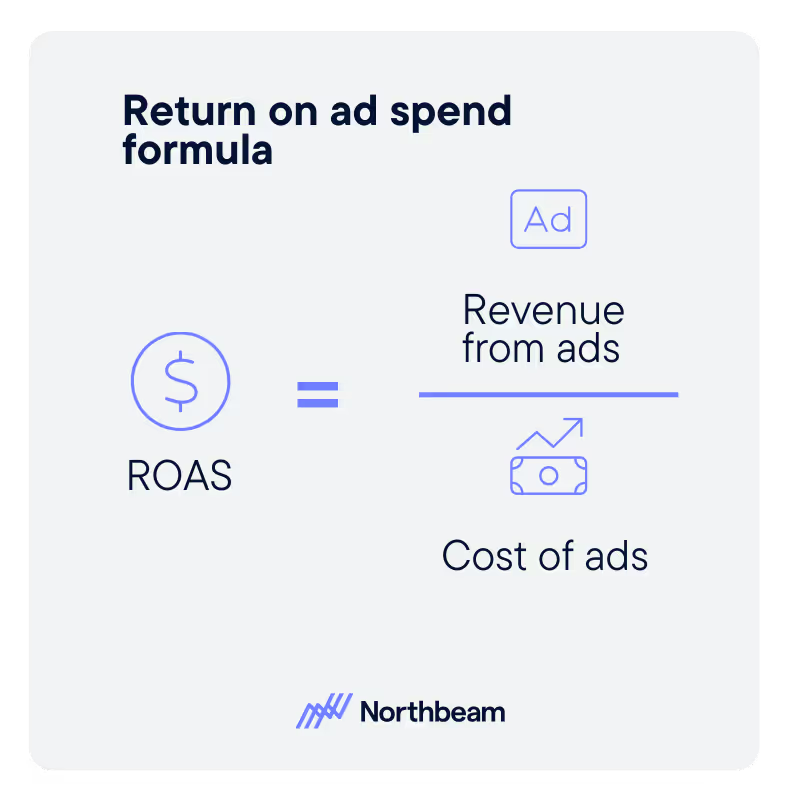


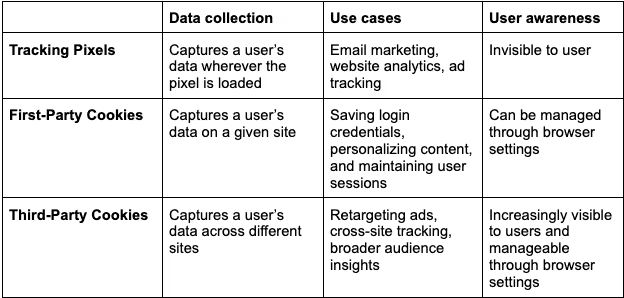


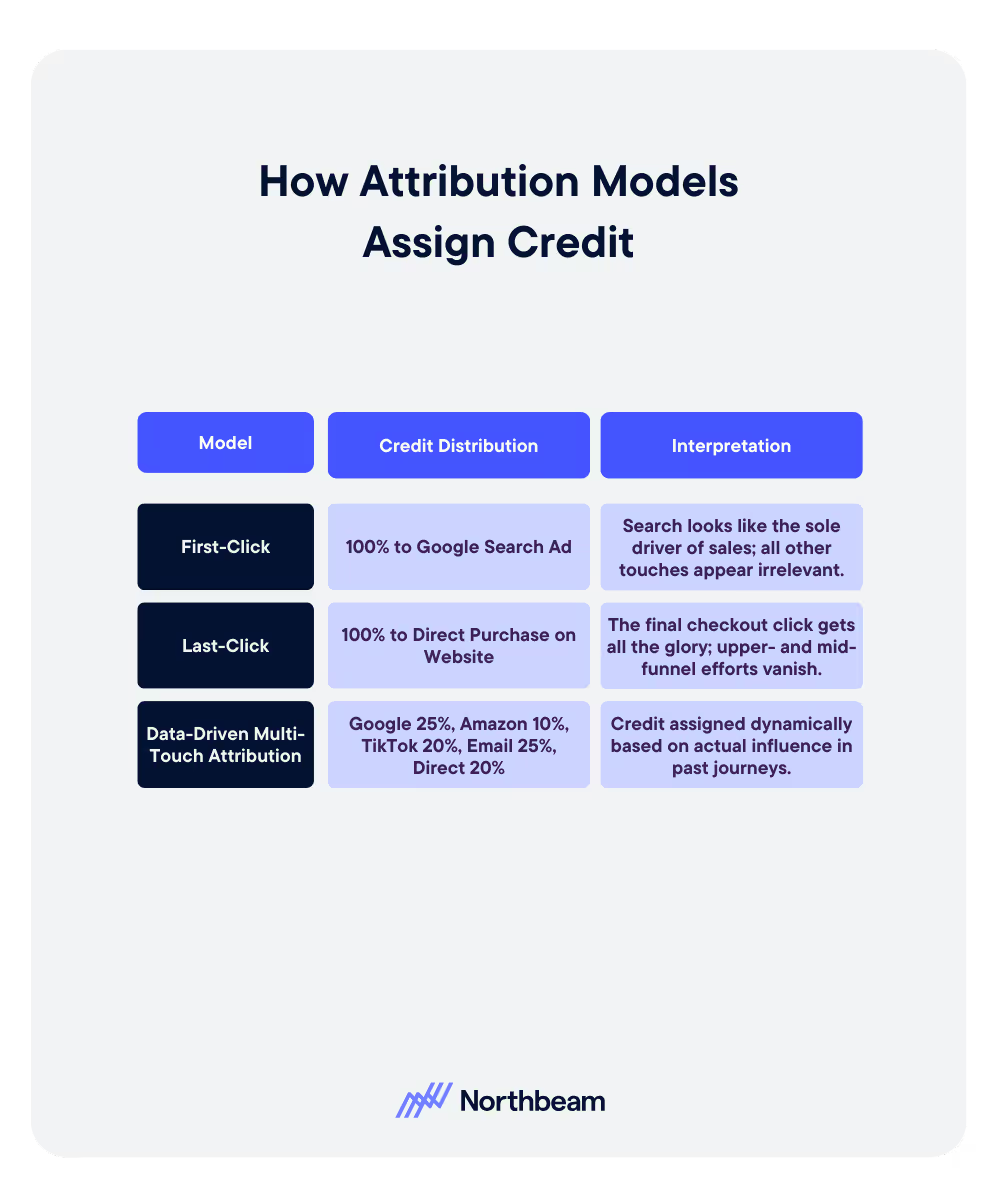




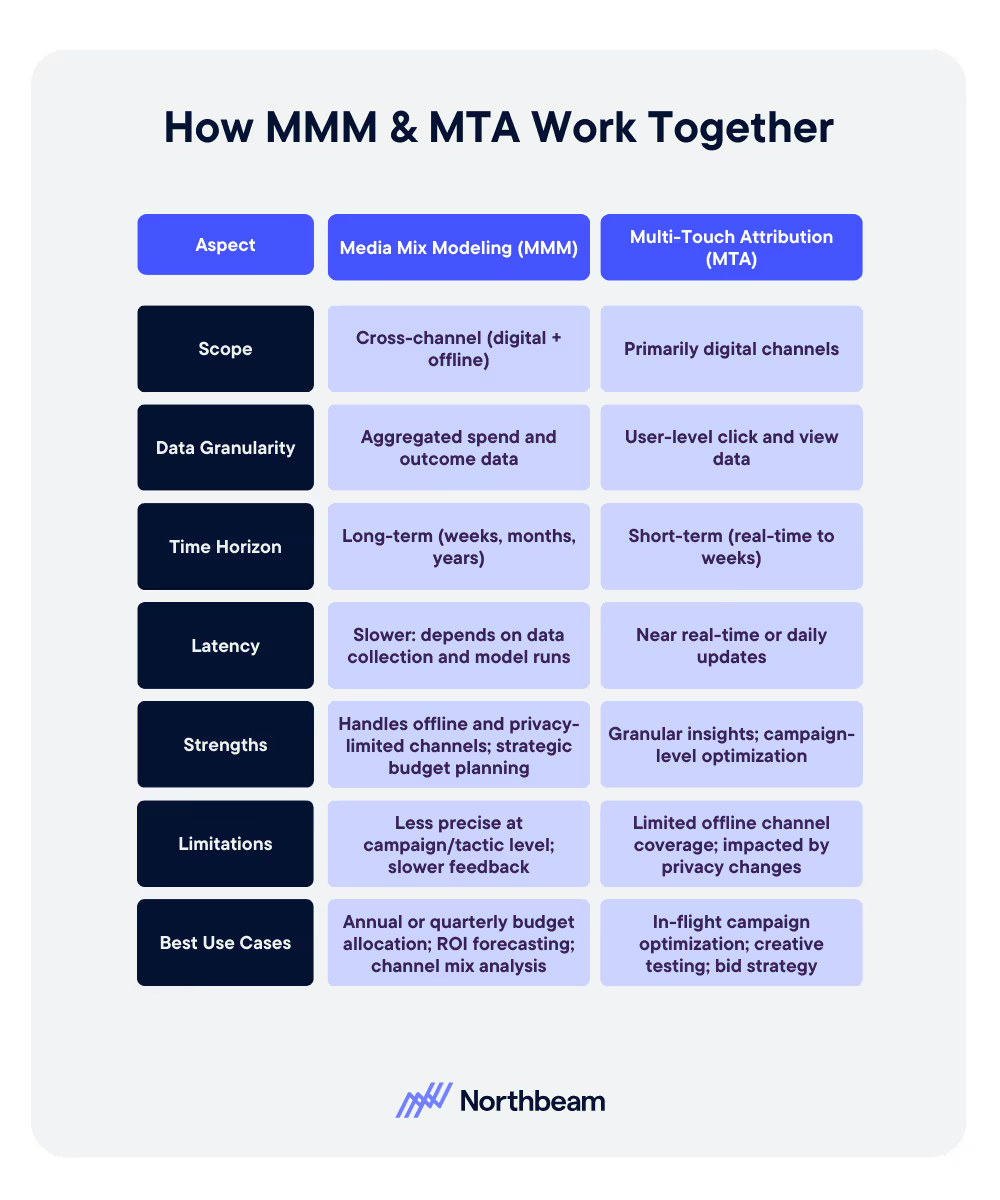
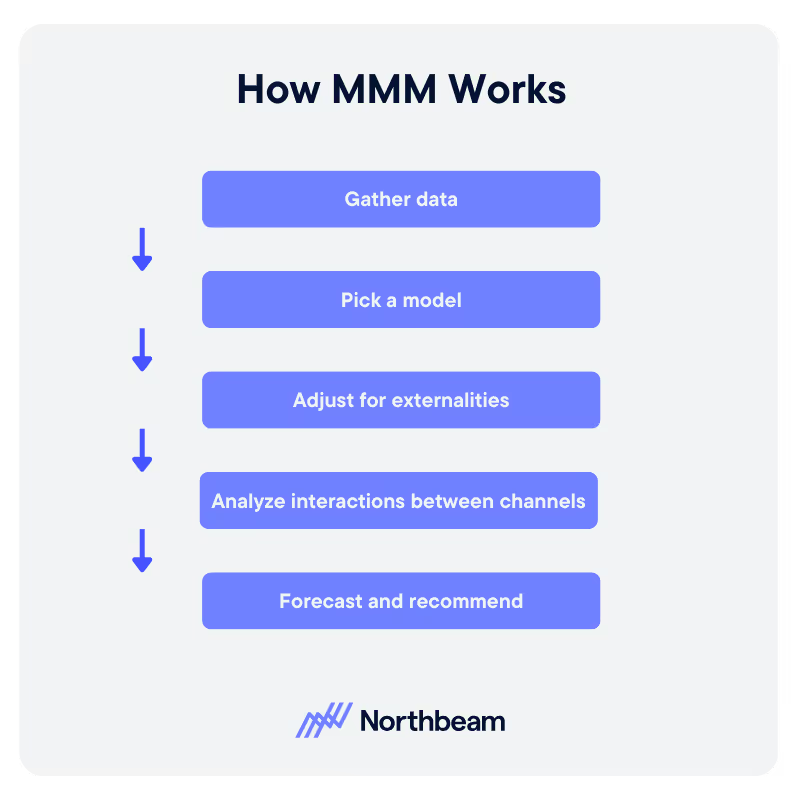








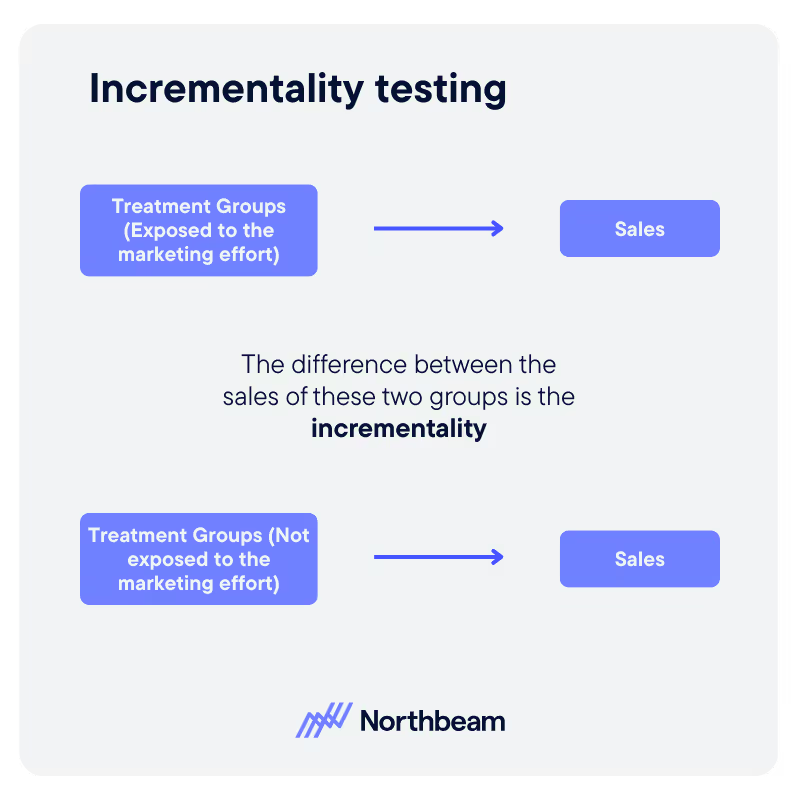
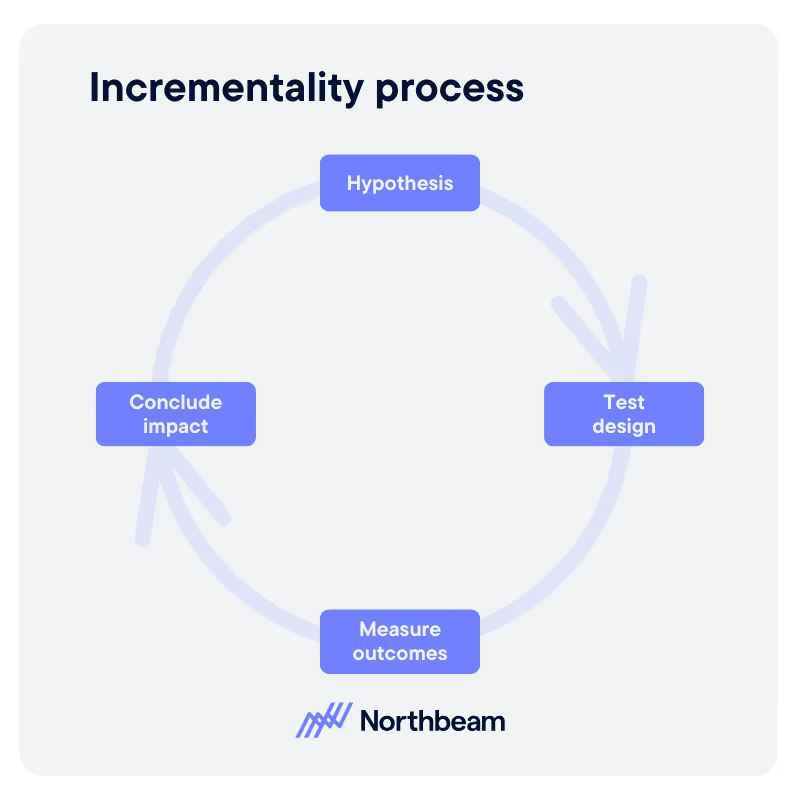
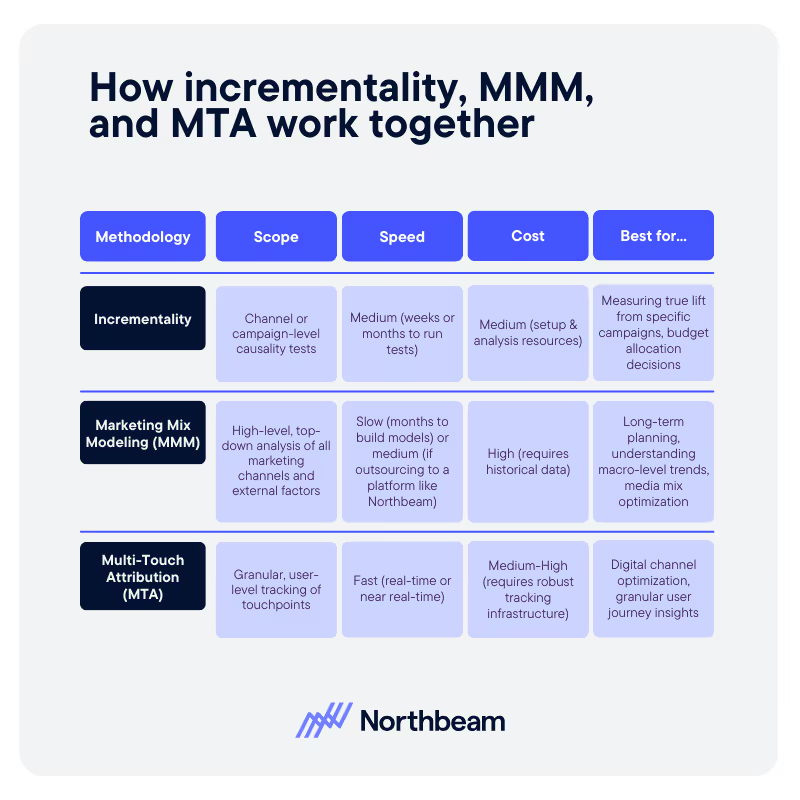
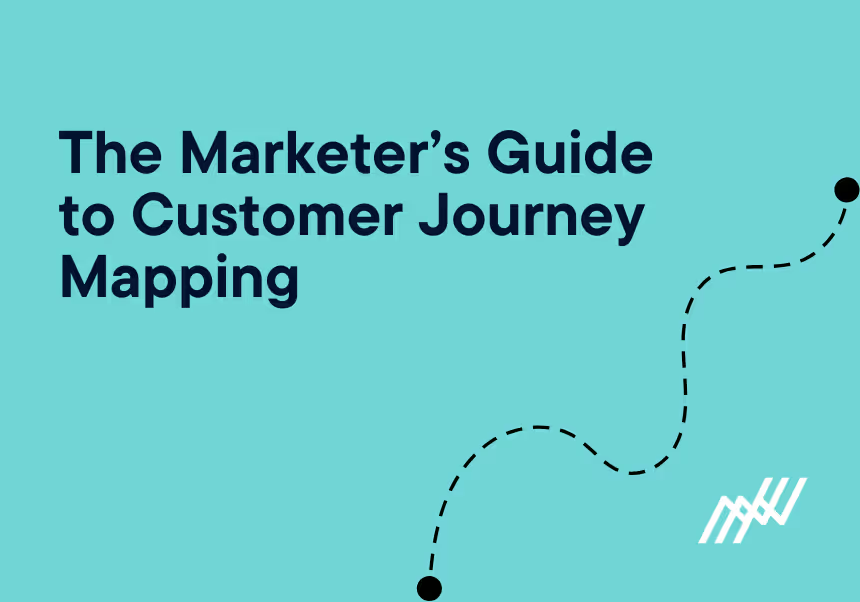
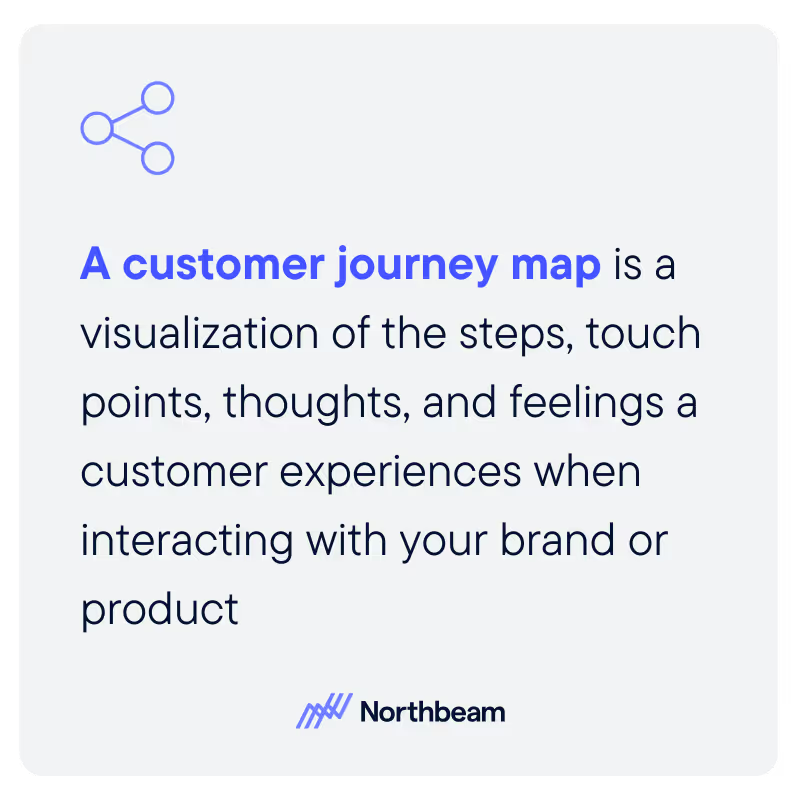
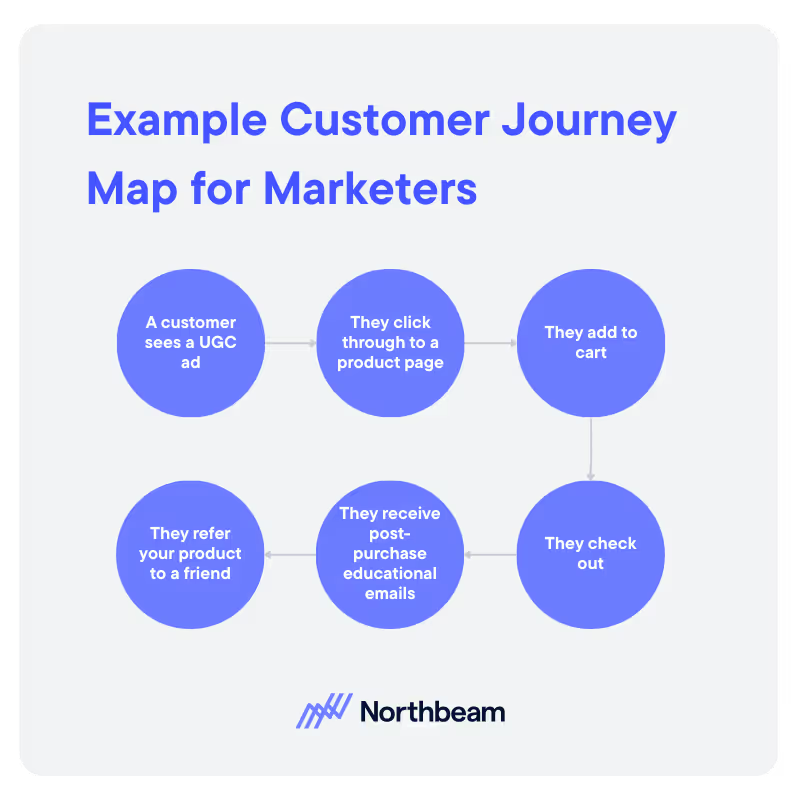
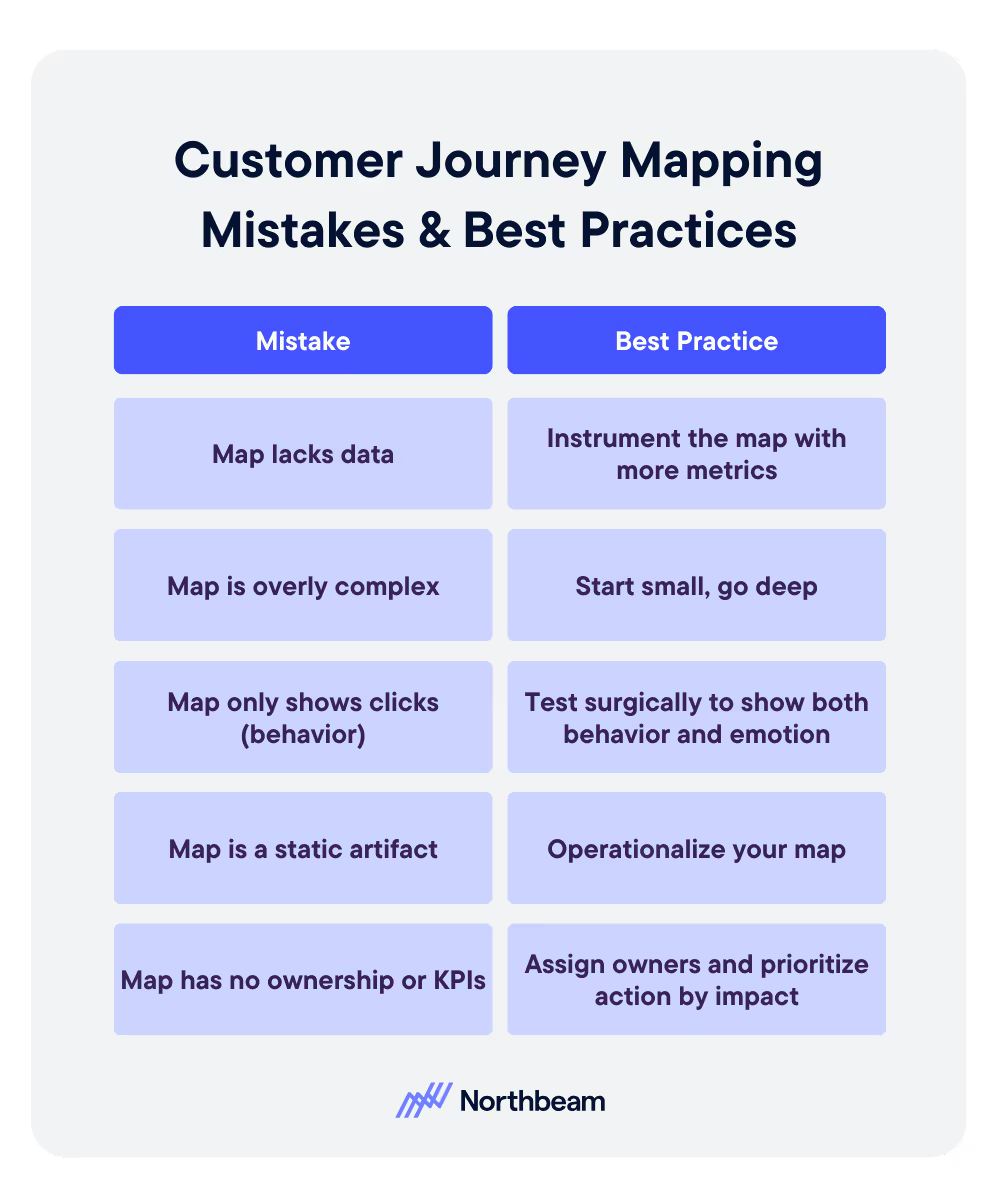


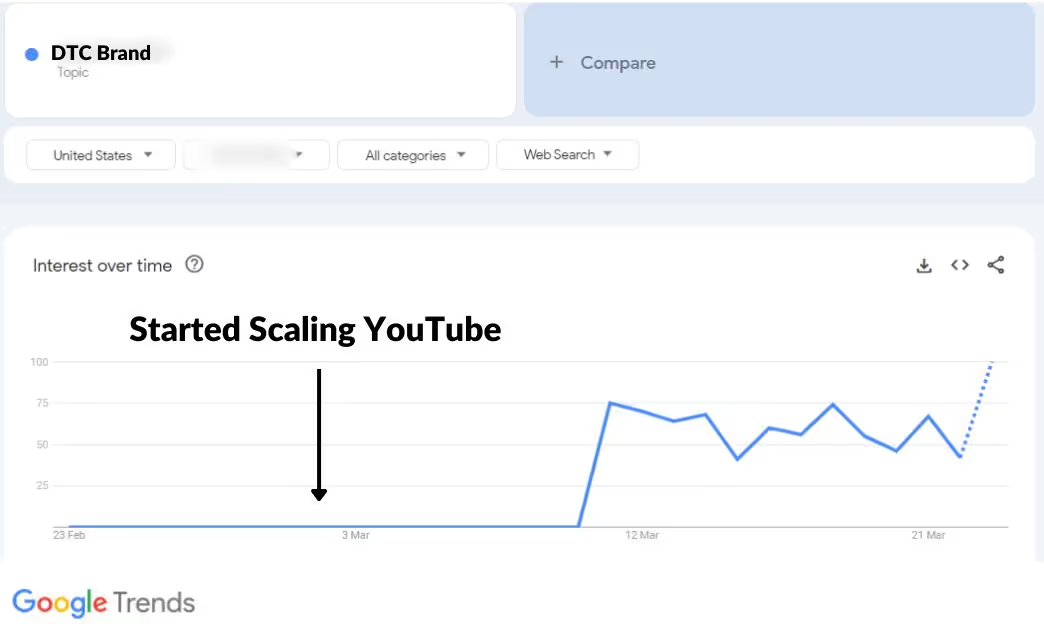


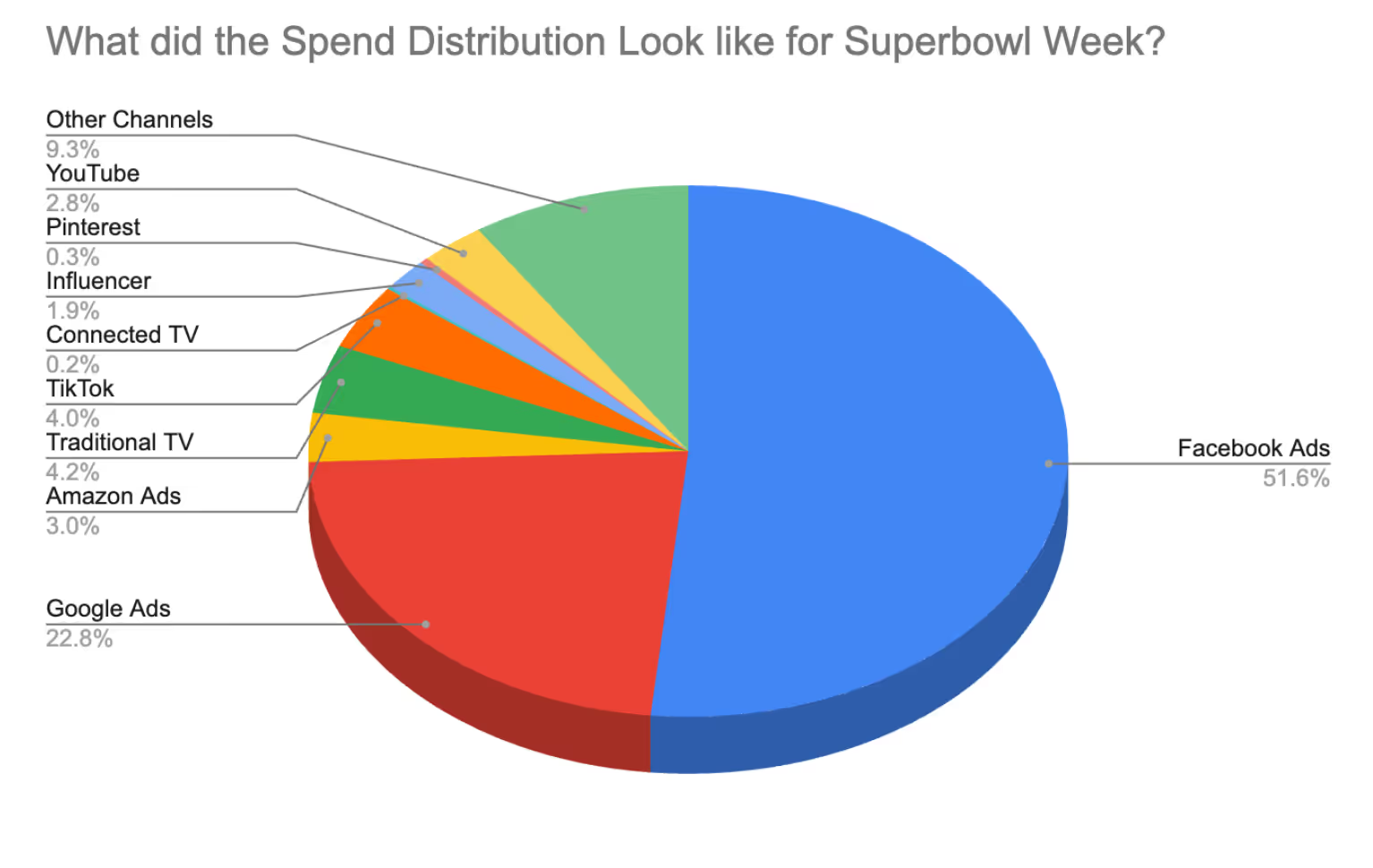



%25201.avif)

.avif)
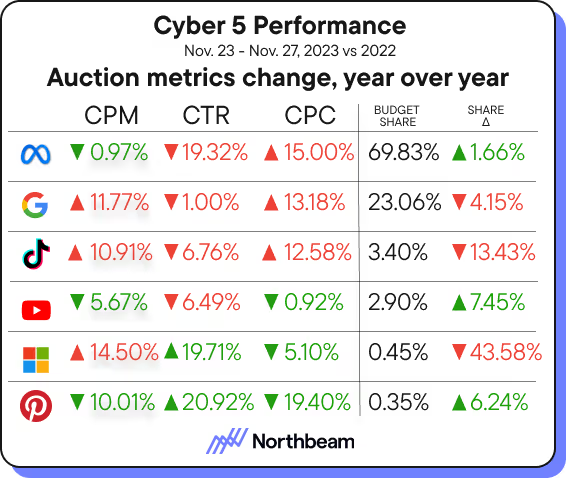

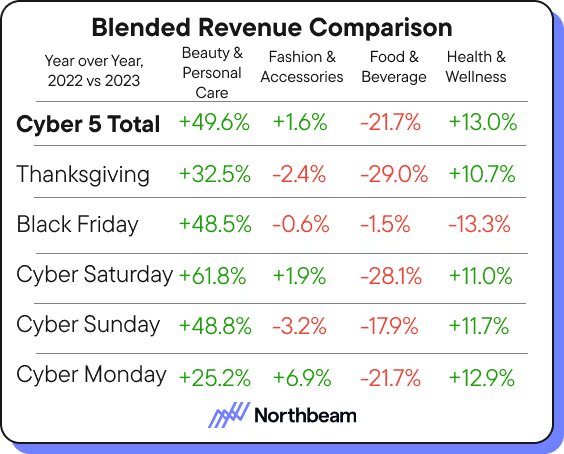
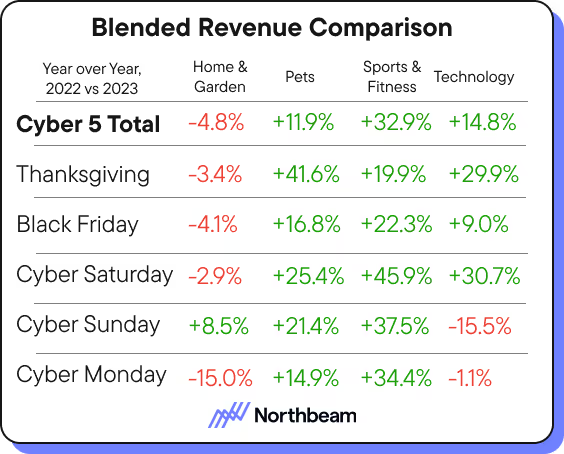
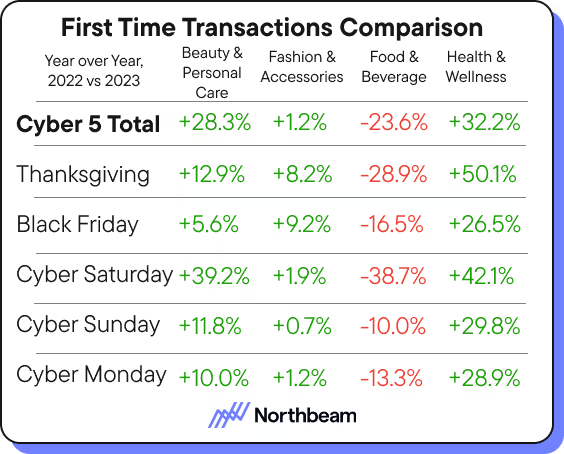



.avif)



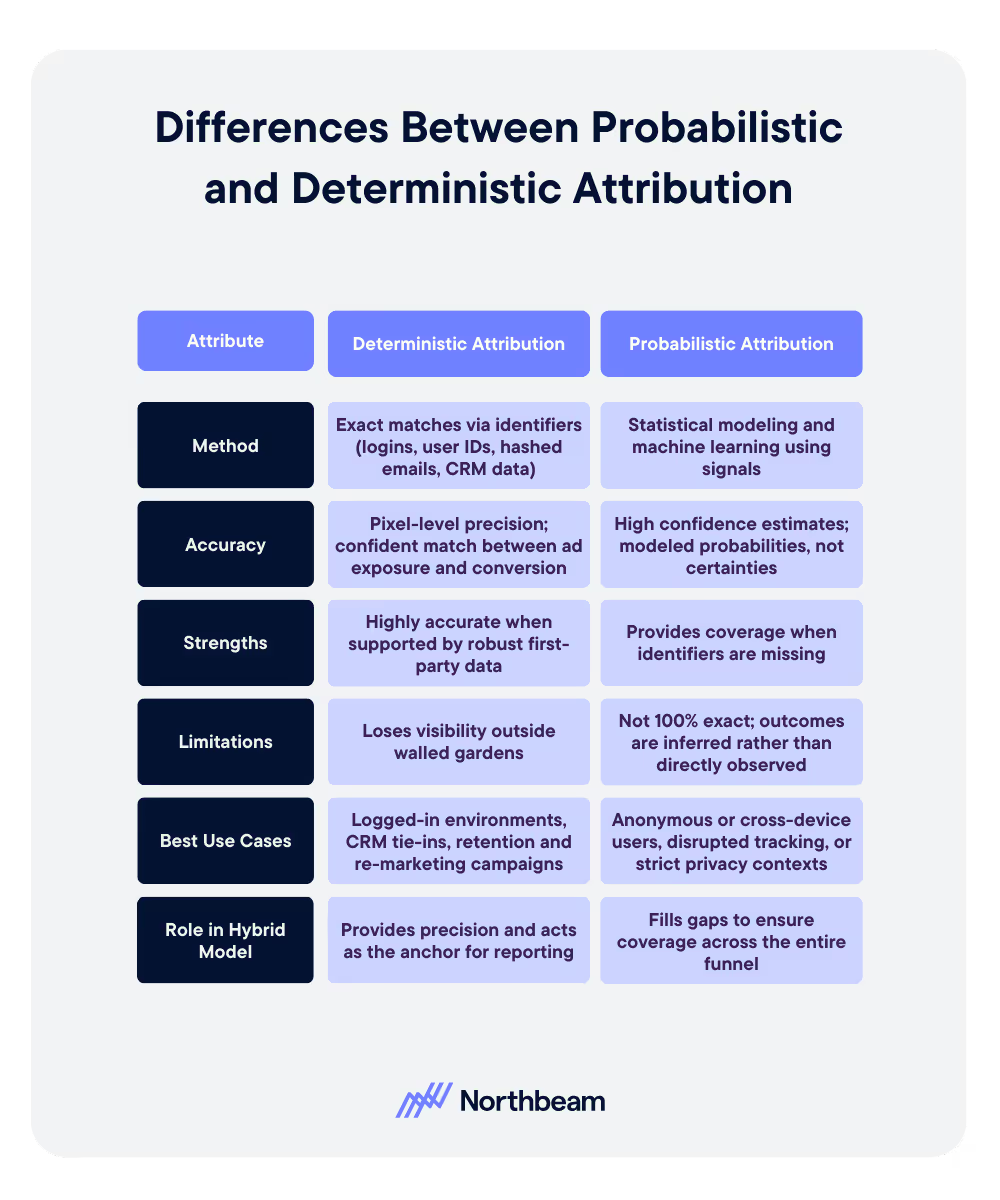









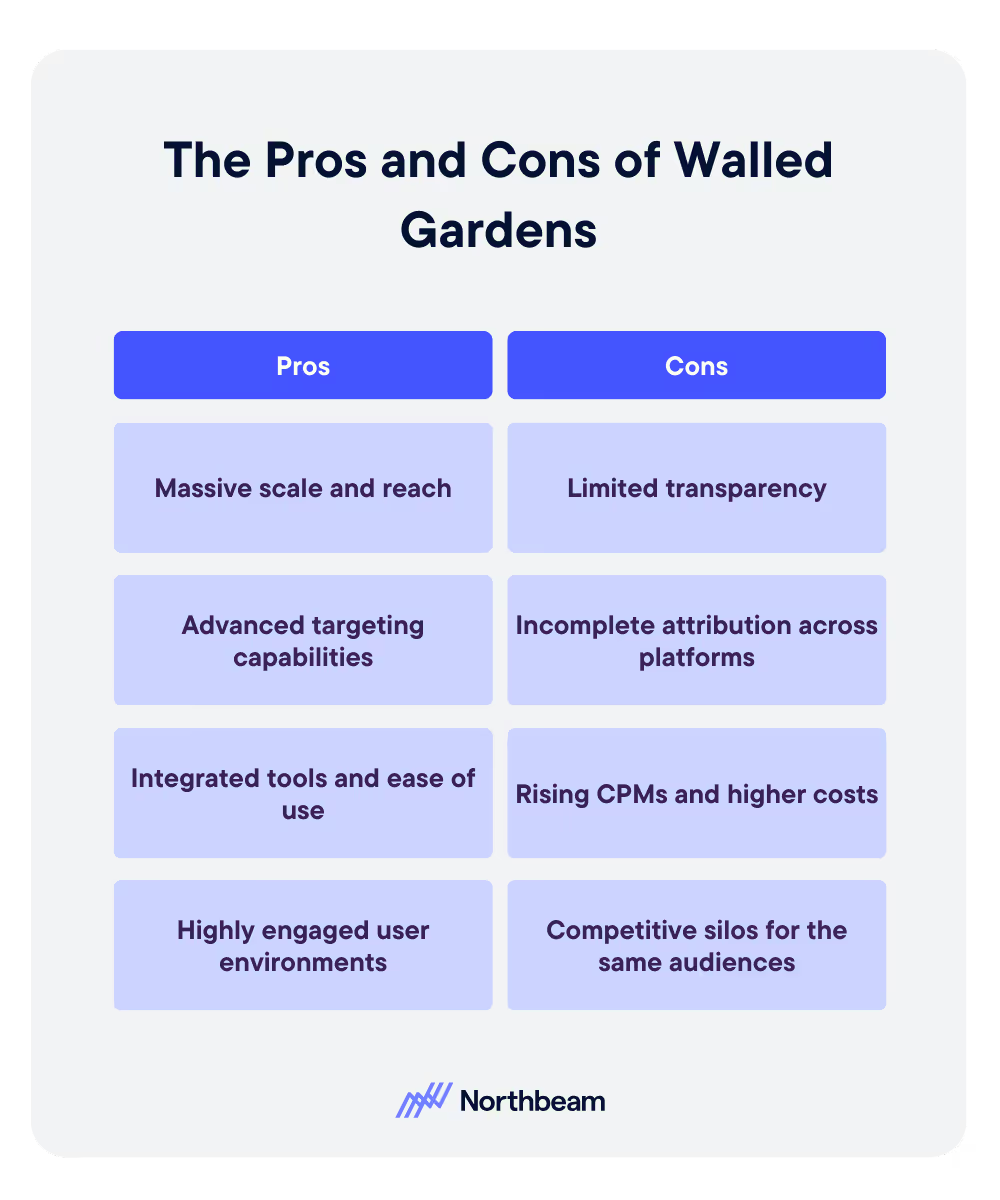





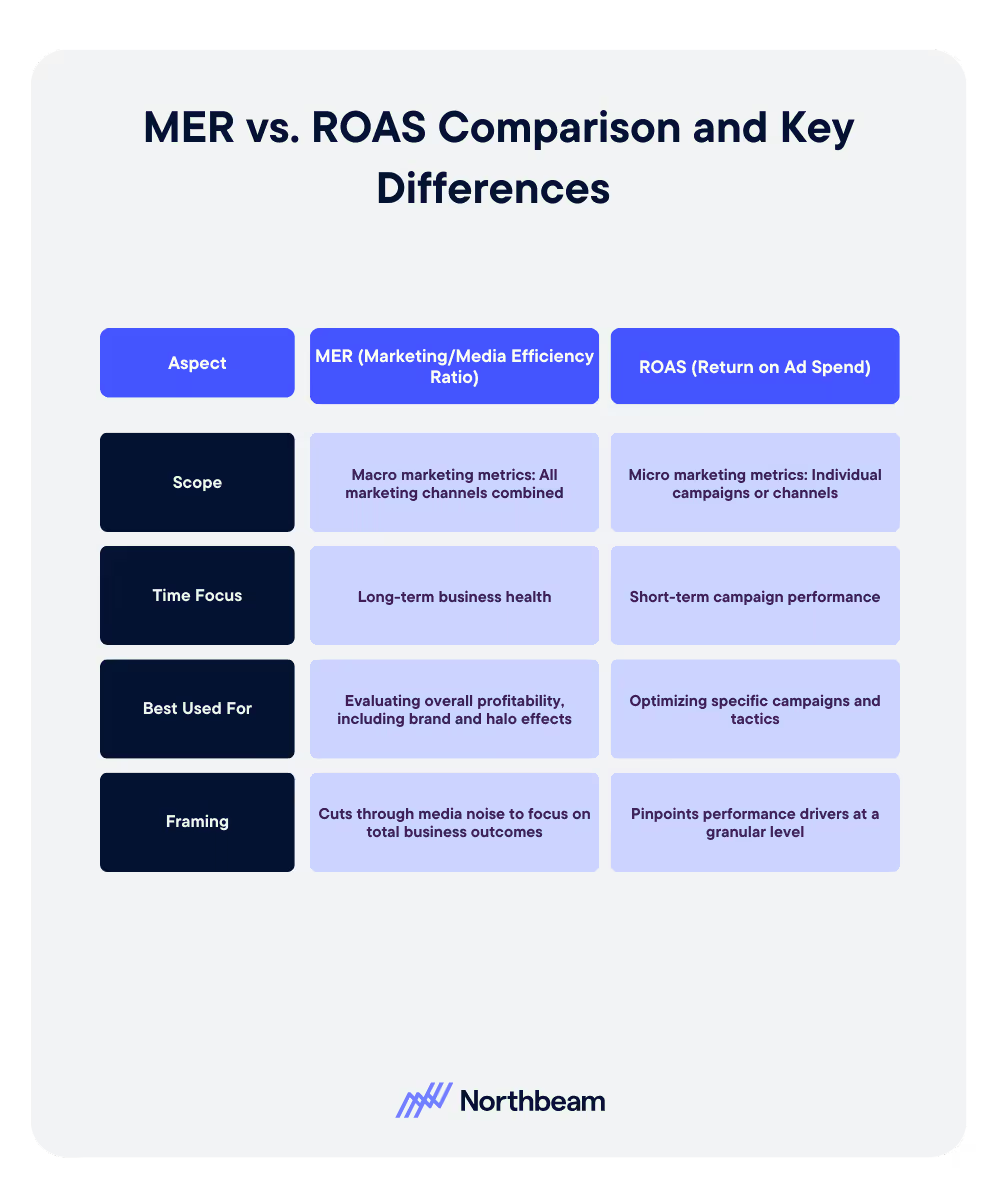











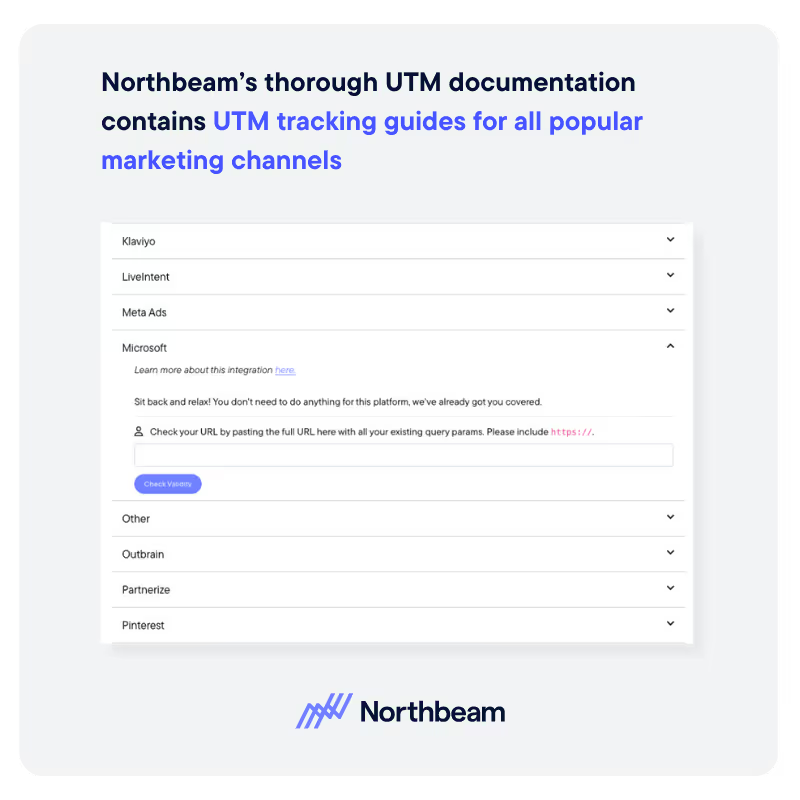

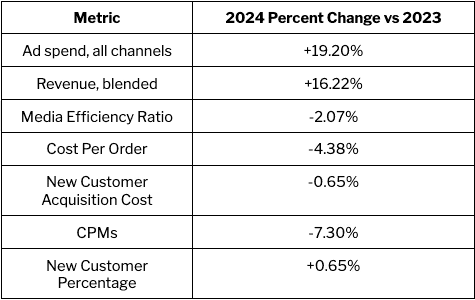


.avif)

.avif)



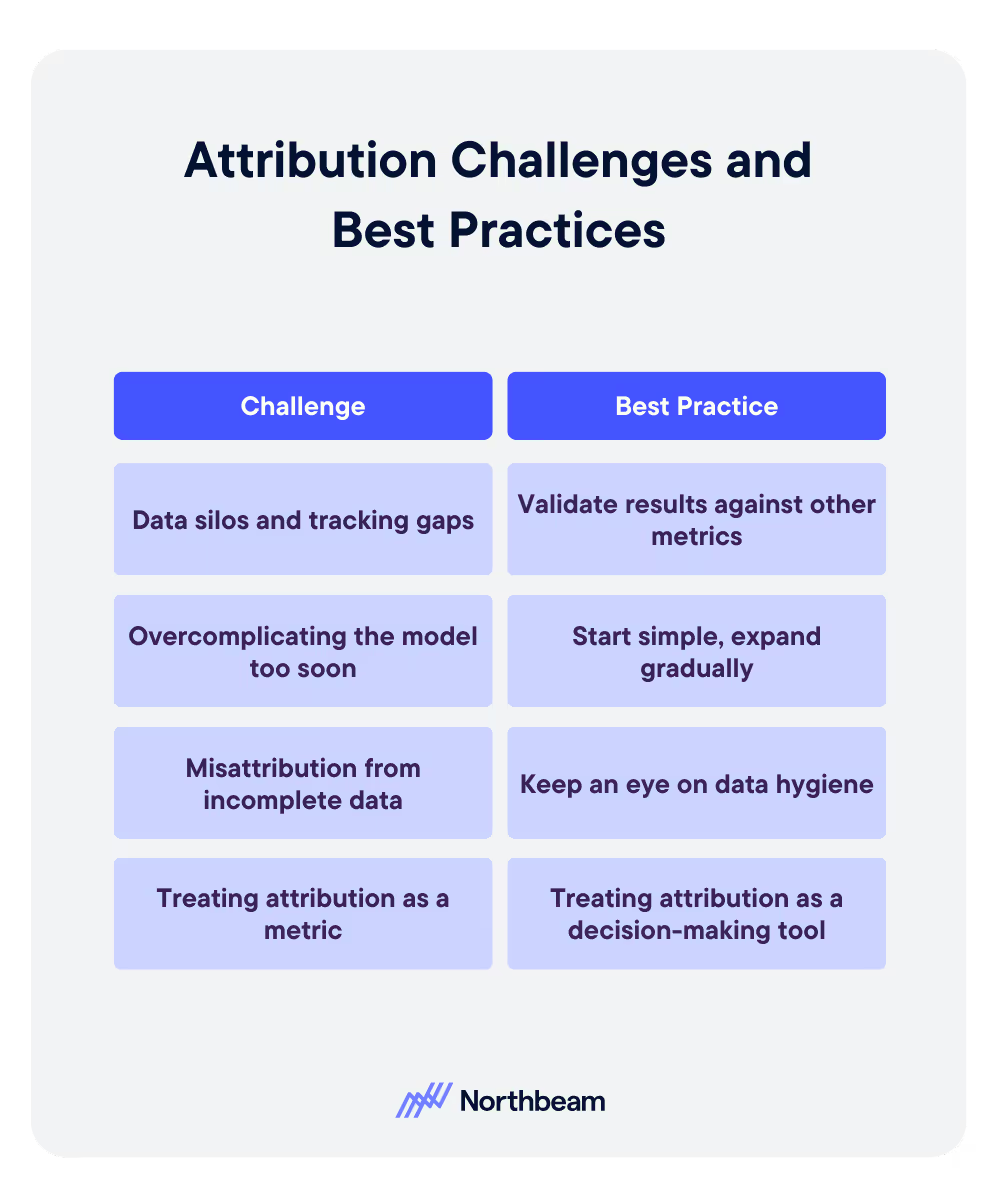



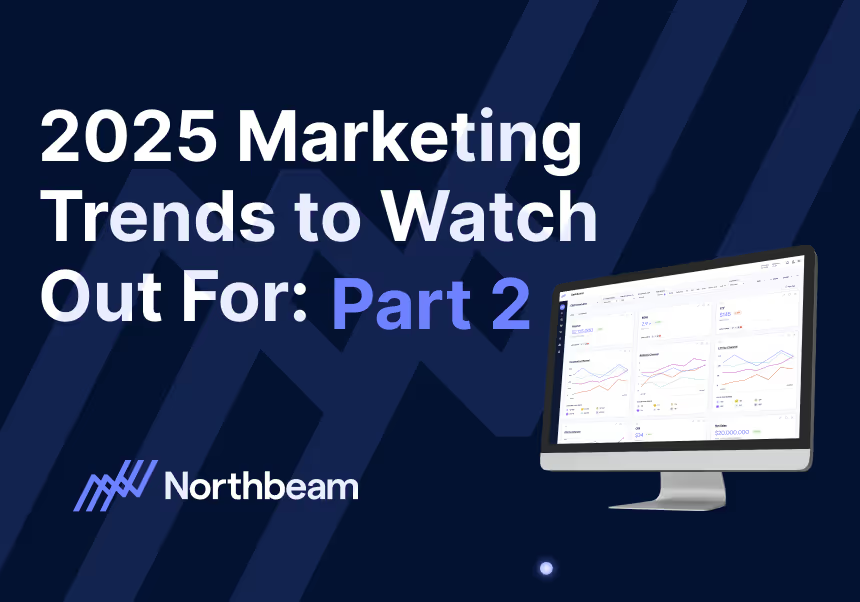
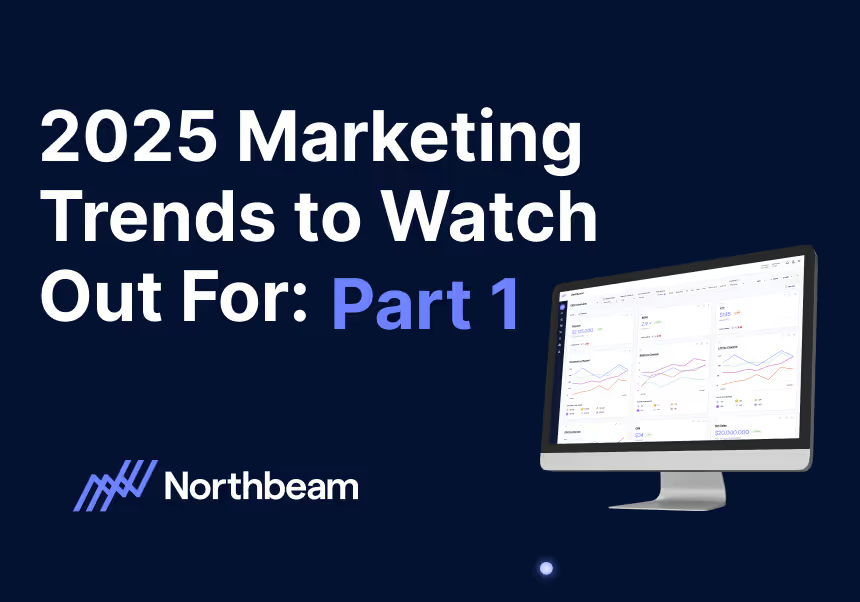



.svg)
